If you are an outdoor lover, you will be thrilled to know that Europe is incredibly diverse in landscape. The continent has an abundance of natural wonders that will give you a real sense of wanderlust.
Coastal sites, national parks, stunning mountains and tall volcanos, all beautiful places waiting to be discovered. Head to Croatia for its national parks, fly to Romania for its delta full of wildlife, or spend a week hiking in Austria.
Gorges are another example of a notable landscape that you will find in Europe. Think of the Verdon Gorge in France or the beautiful Cheddar Gorge in the UK. And when it comes to mountain ranges, the Dolomites and the Swiss Alps are a bucket list destination for many travellers. Other must-see landscapes in Europe are river valleys and fjords in Norway, pristine beaches in Greece and rugged terrains on Spanish islands.
Europe will have something special to offer for you. Whether you are a beach bum who fancies chilling on a sandy beach, a nature lover who wants to get lost in the pristine forests or a wine lover who aims to visit every vineyard in France.
Travel Guides
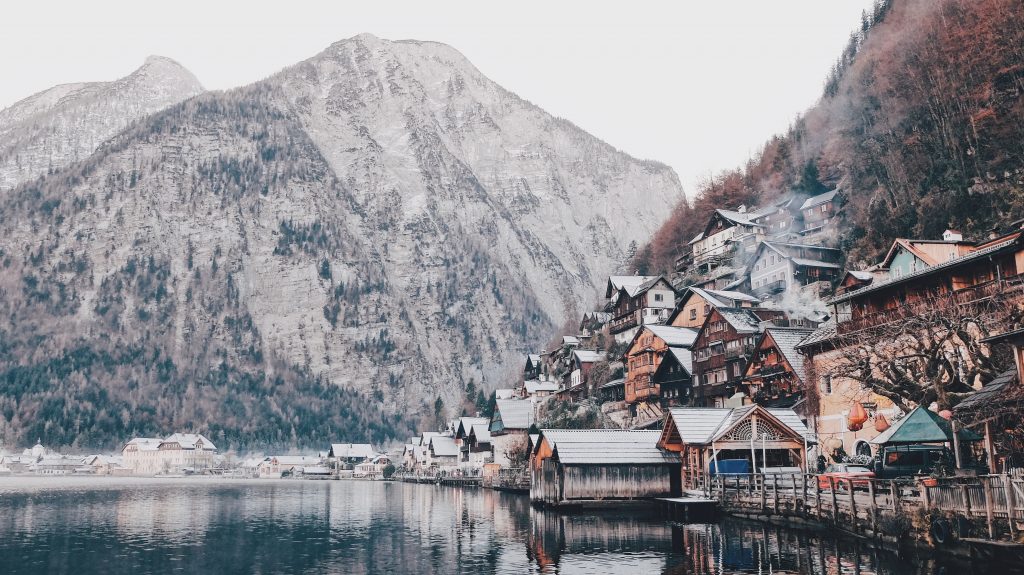
Travel Guide to Austria
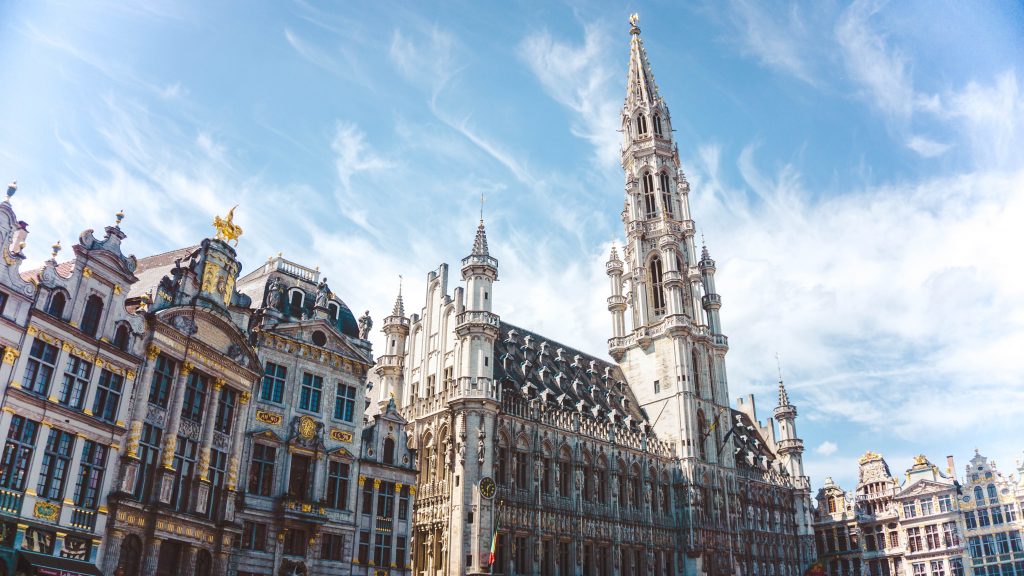
Travel Guide to Belgium

Travel Guide to Canary Islands
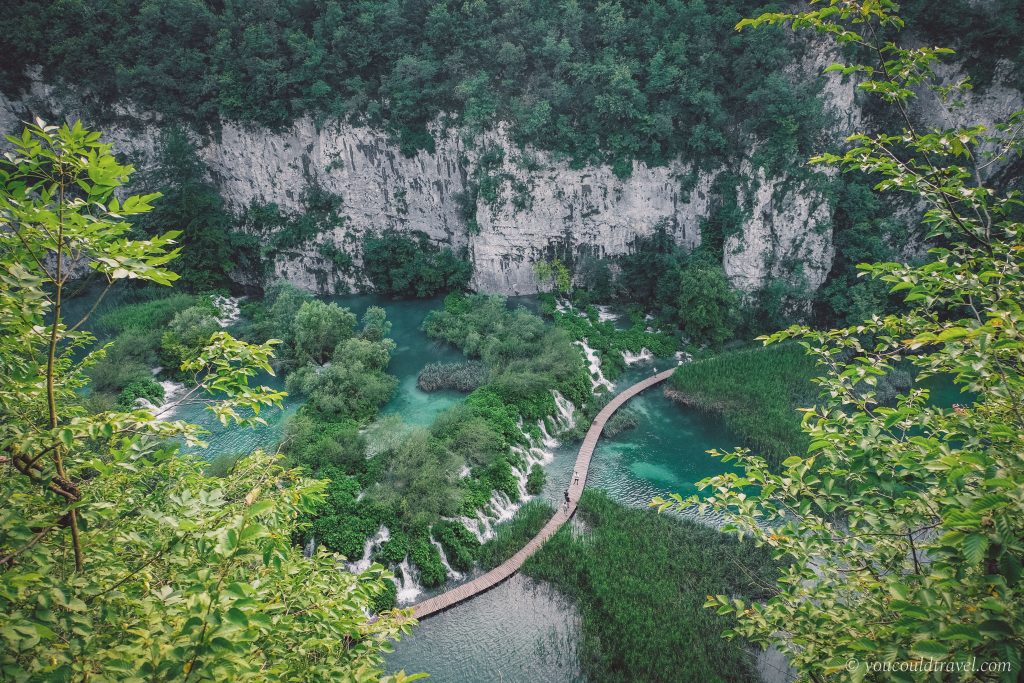
Travel Guide to Croatia

Travel Guide to the Czech Republic
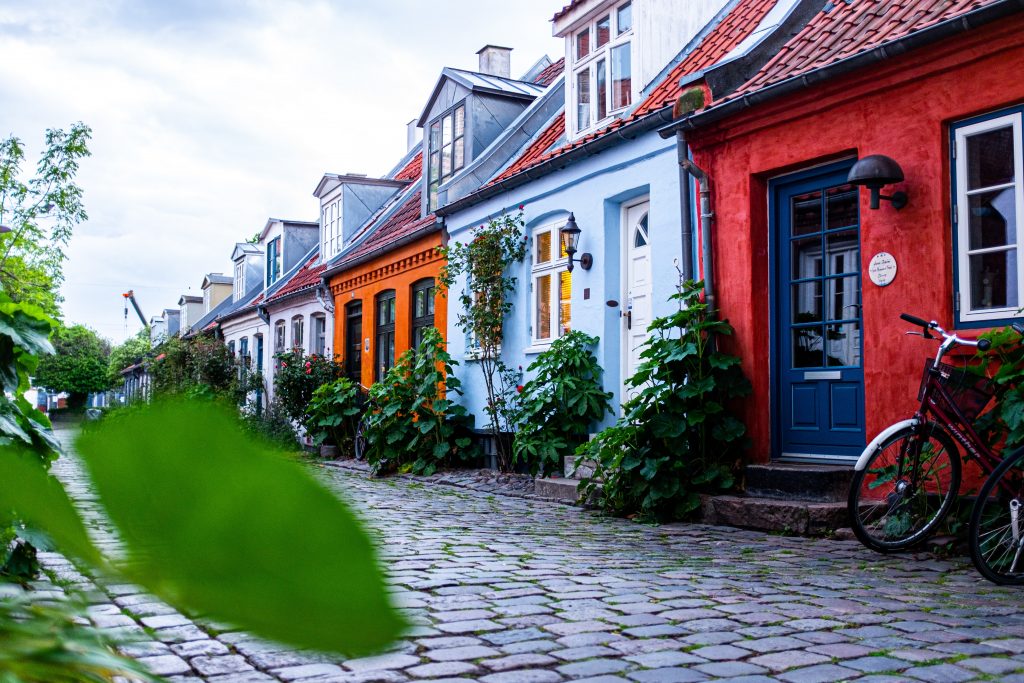
Travel Guide to Denmark
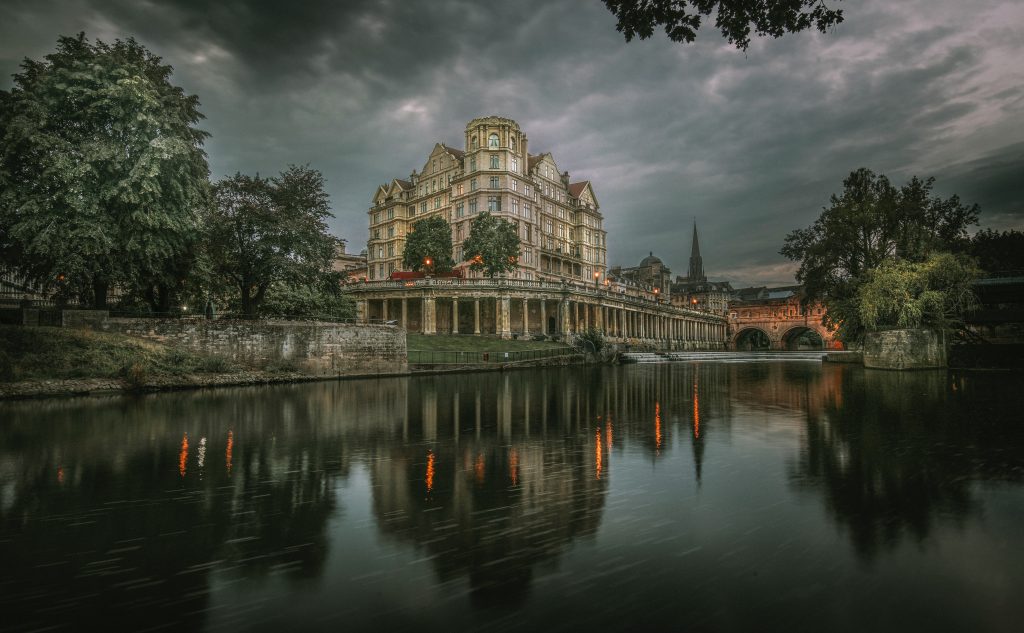
Travel Guide to Bath
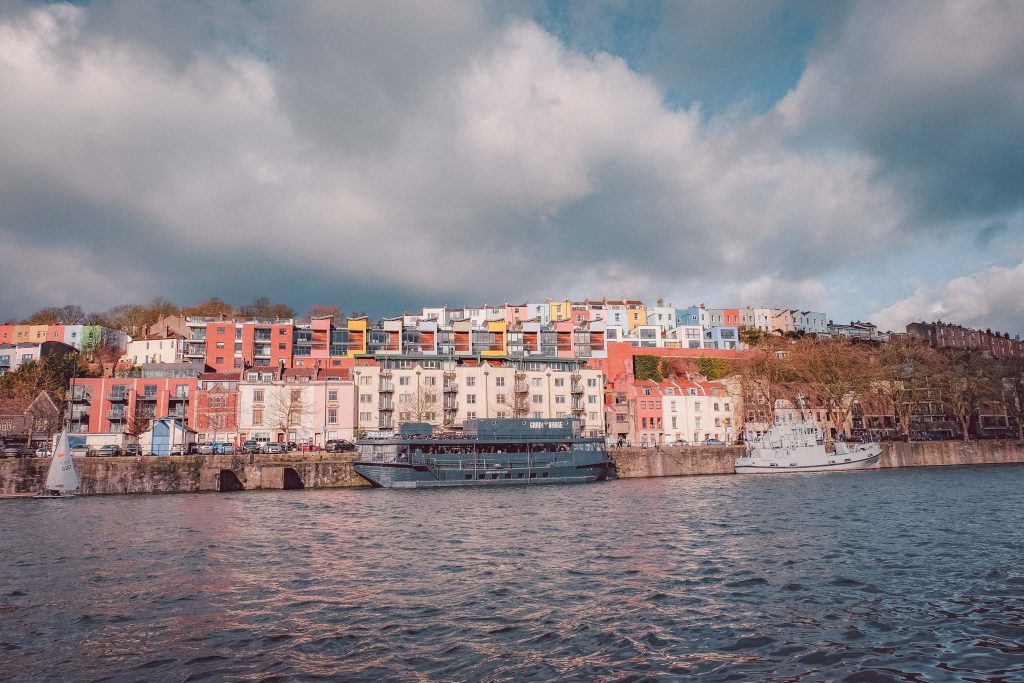
Travel Guide to Bristol

Travel Guide to England
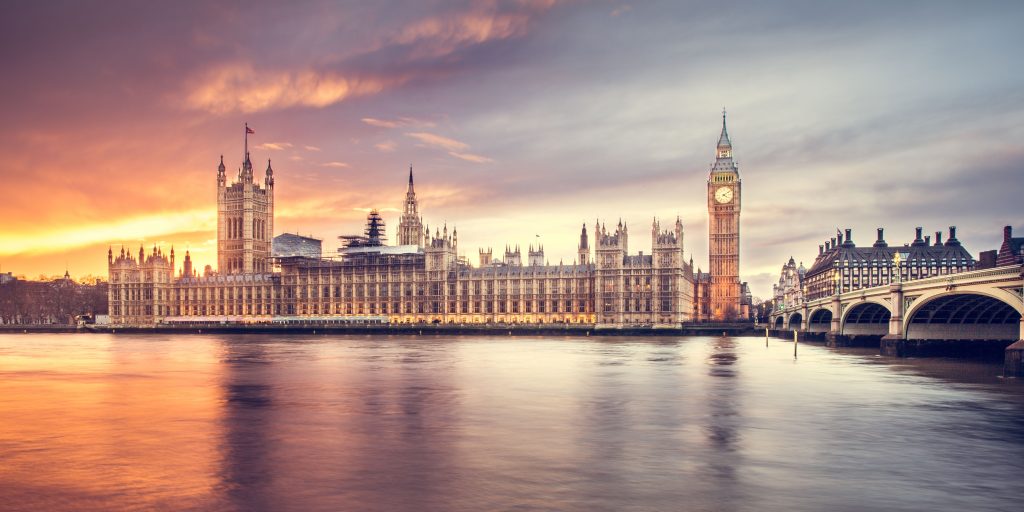
Travel Guide to London
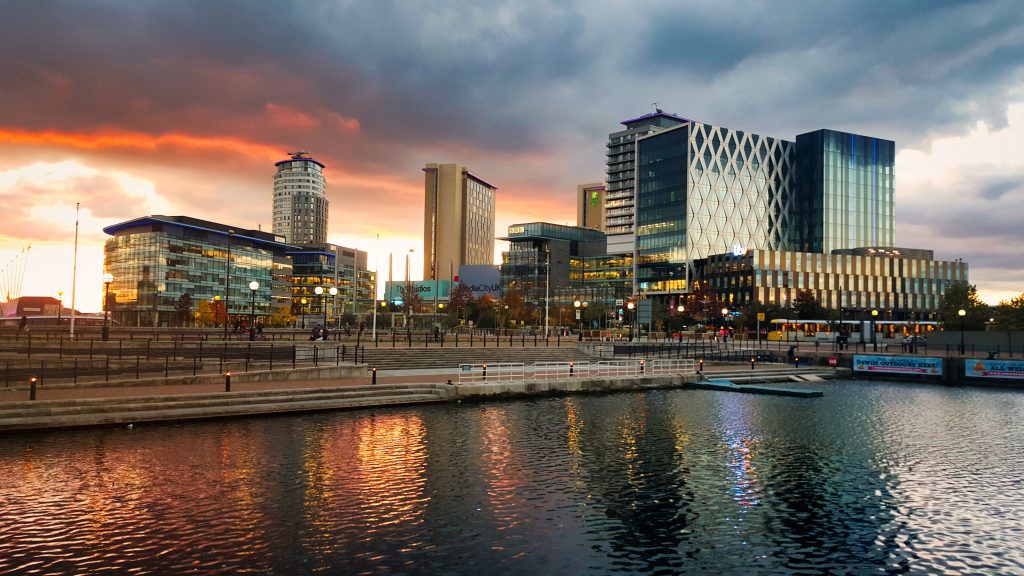
Travel Guide to Manchester

Travel Guide to Oxford
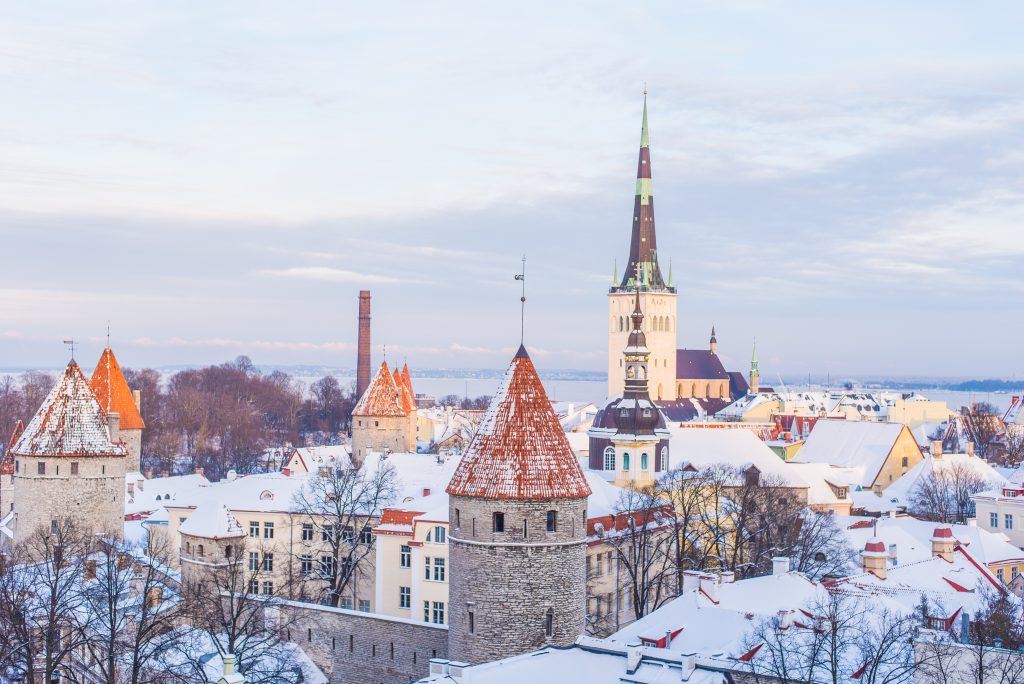
Travel Guide to Estonia
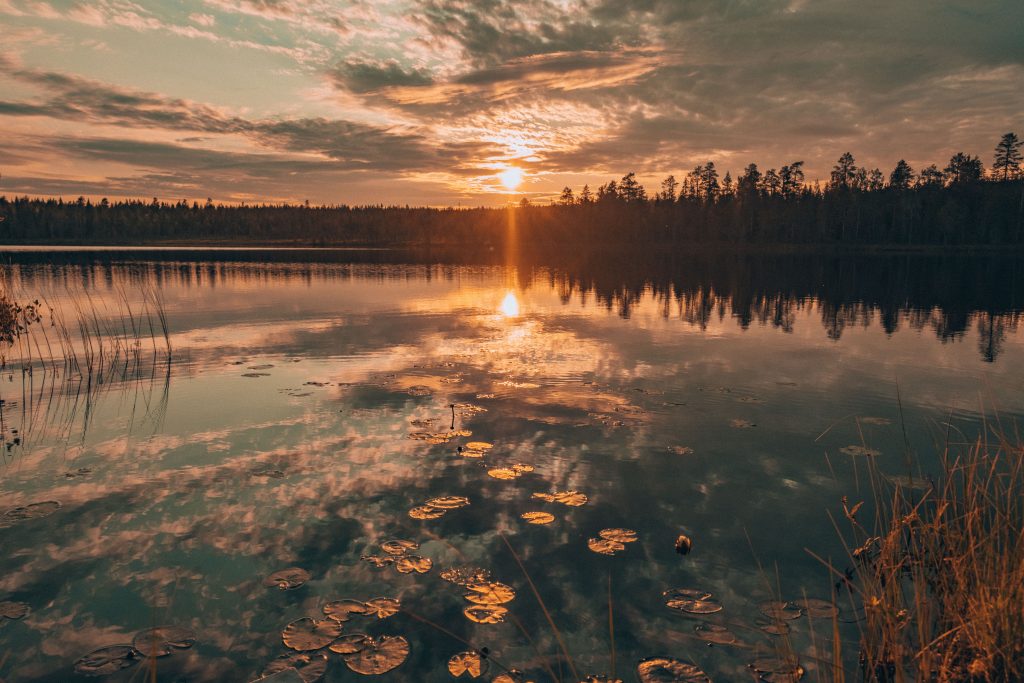
Travel Guide to Finland
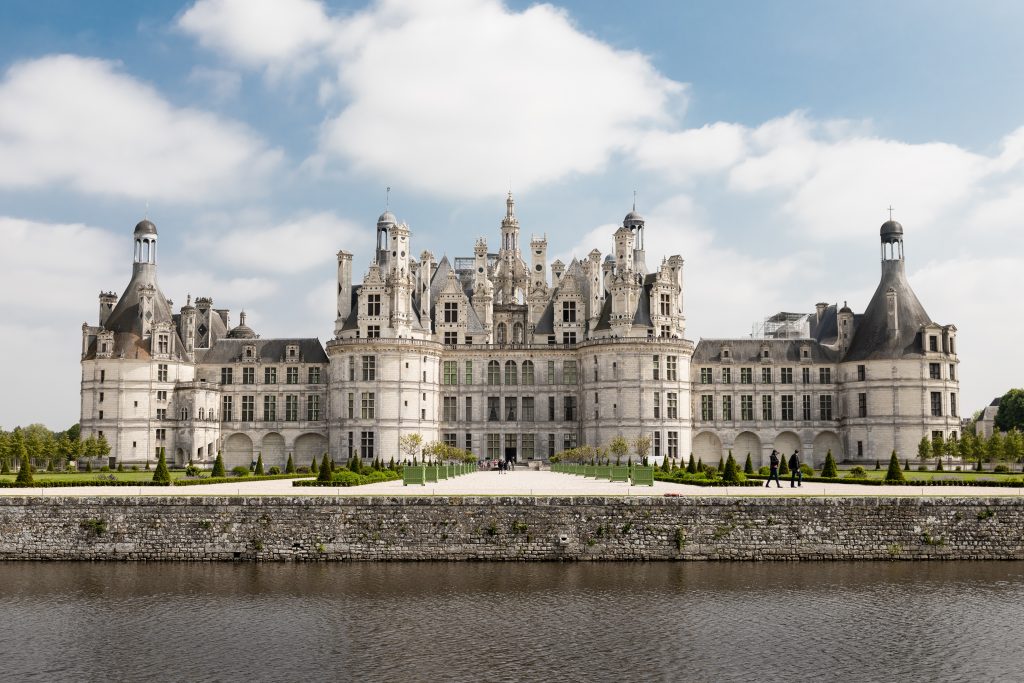
Travel Guide to France
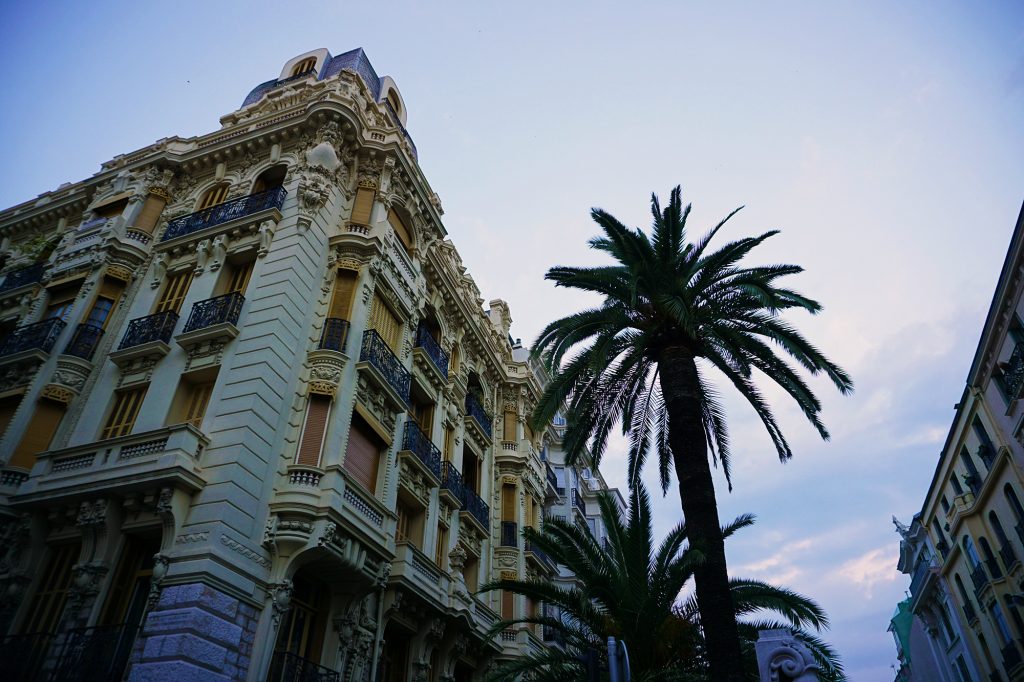
Travel Guide to Nice, France

Travel Guide to Paris
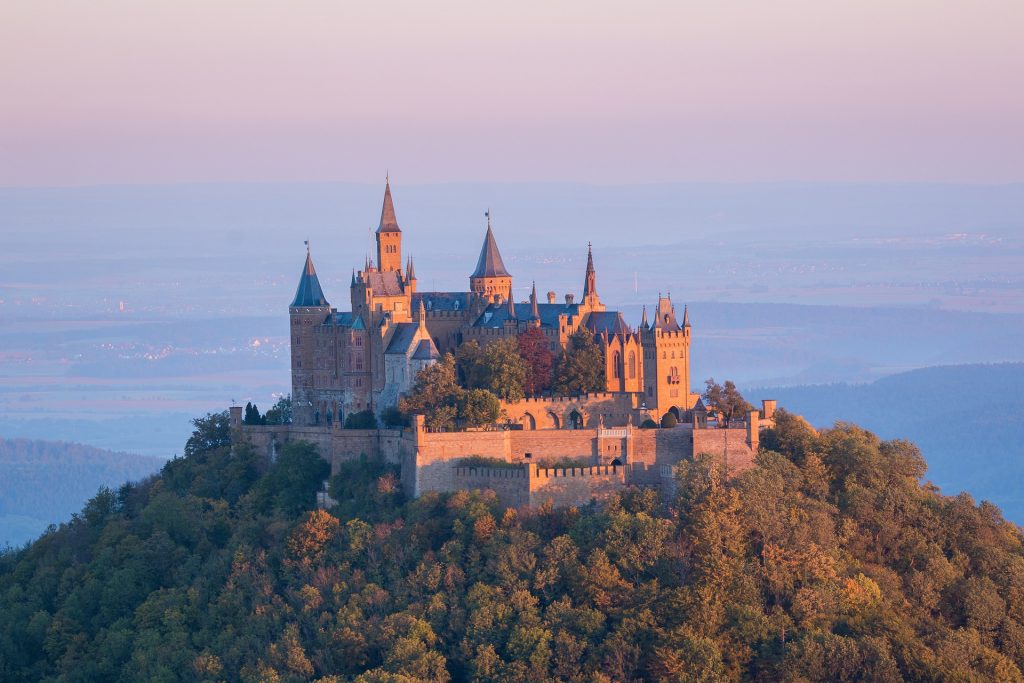
Travel Guide to Germany

Travel Guide to Hamburg
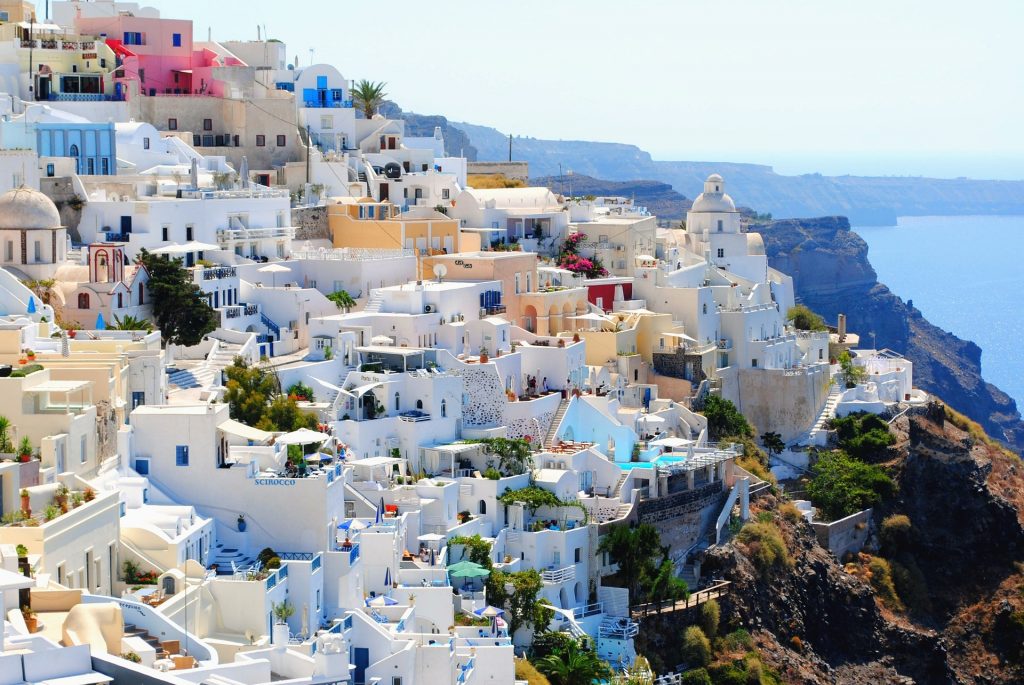
Travel Guide to Greece
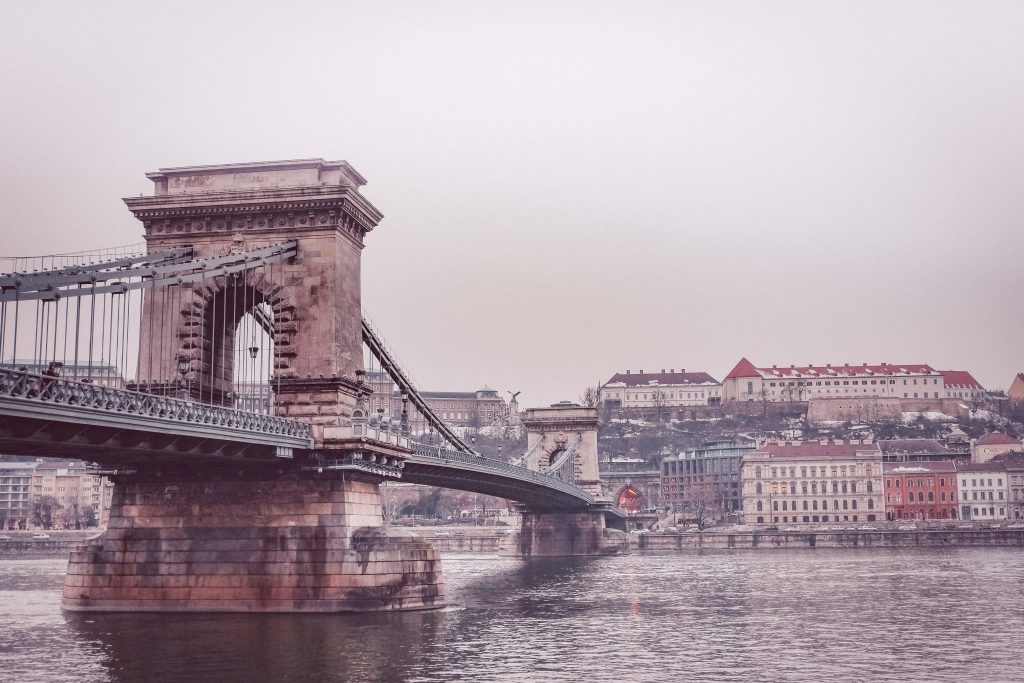
Travel Guide to Budapest
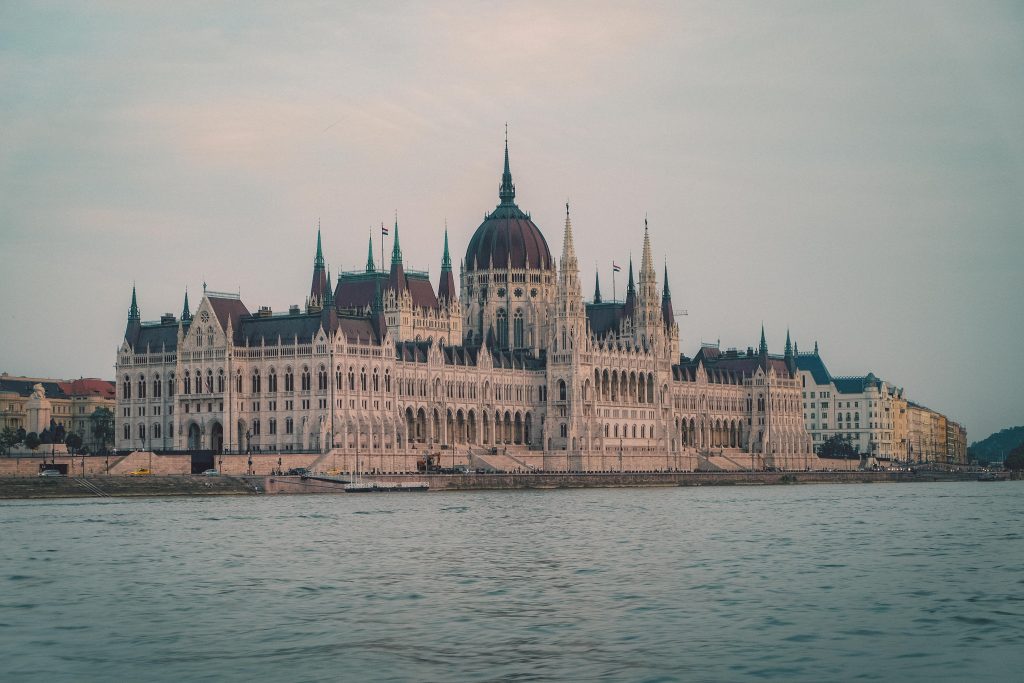
Travel Guide to Hungary

Travel Guide to Iceland
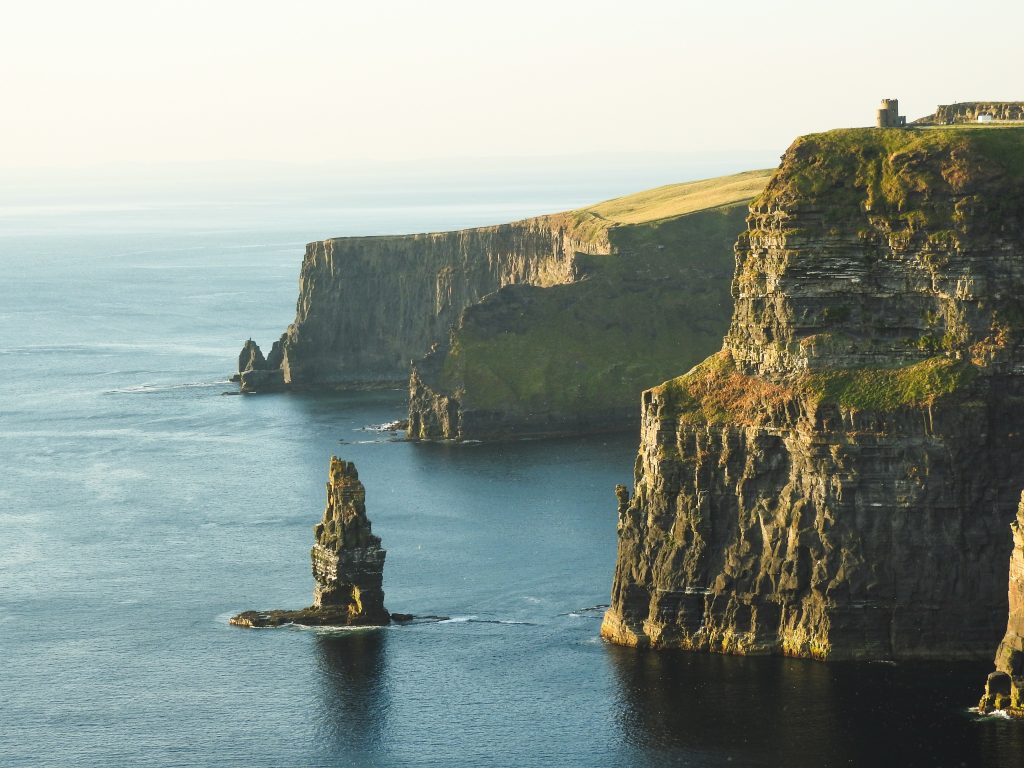
Travel Guide to Ireland
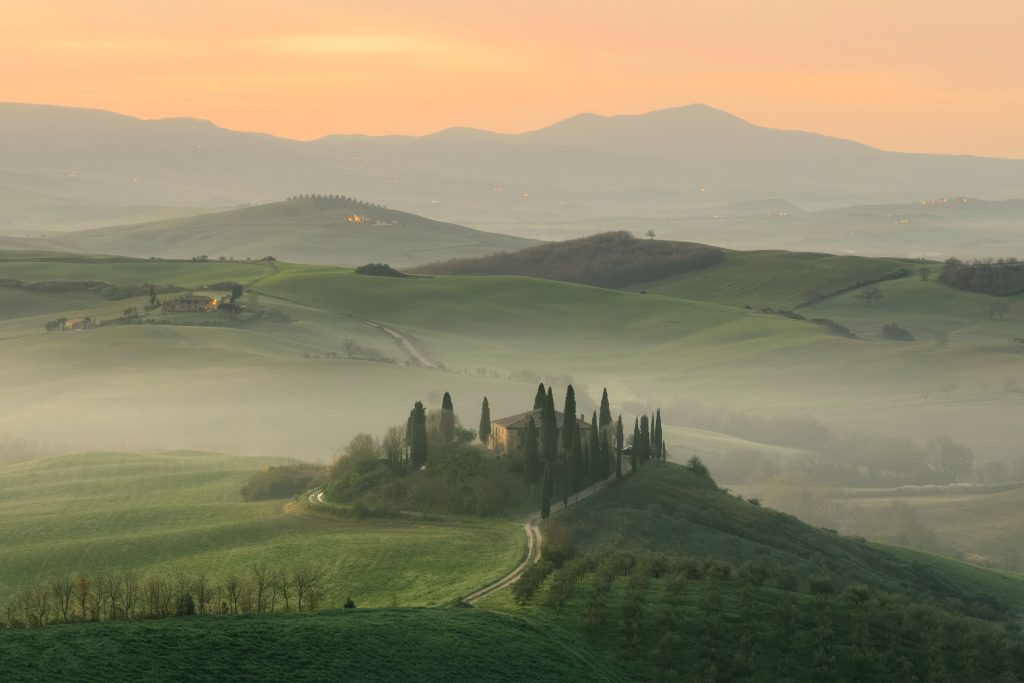
Travel Guide to Italy

Travel Guide to Milan
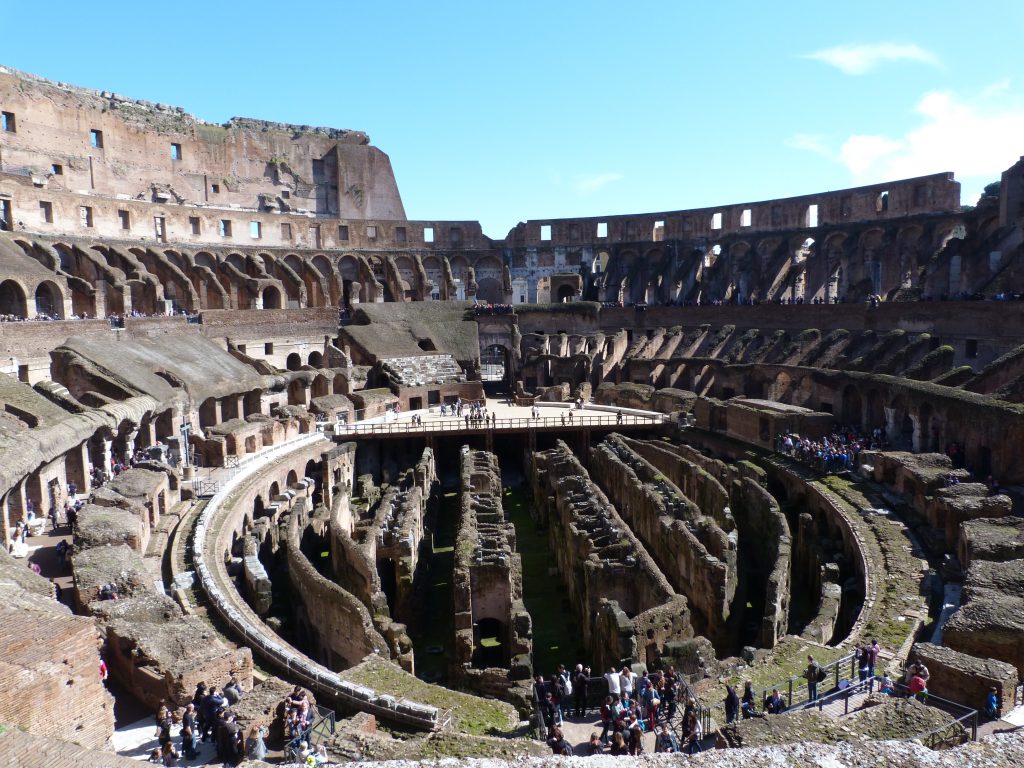
Travel Guide to Rome
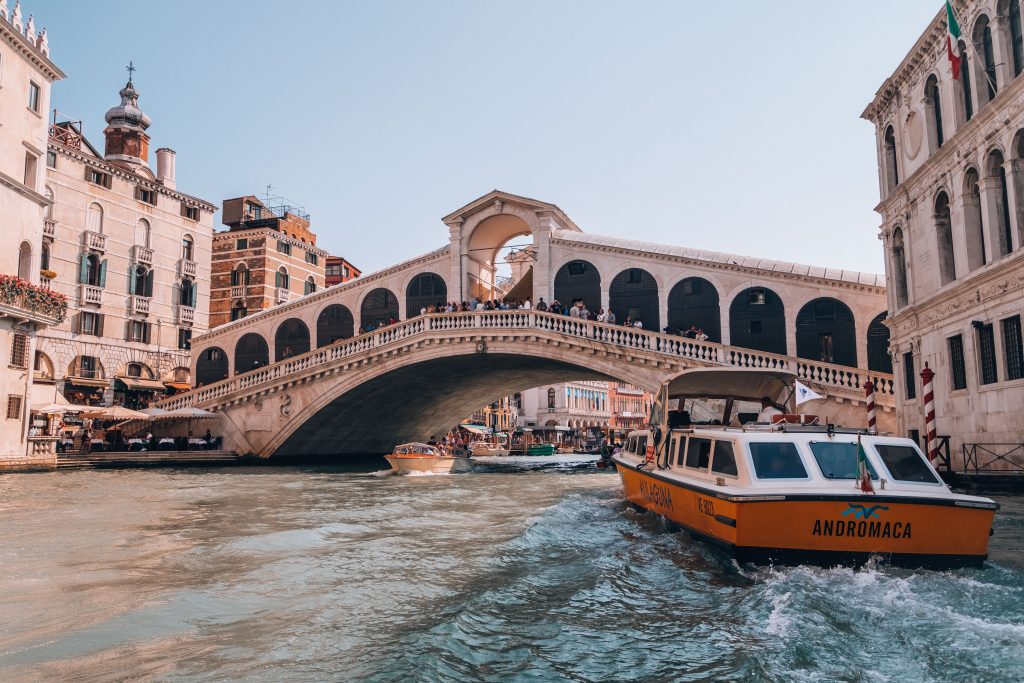
Travel Guide to Venice
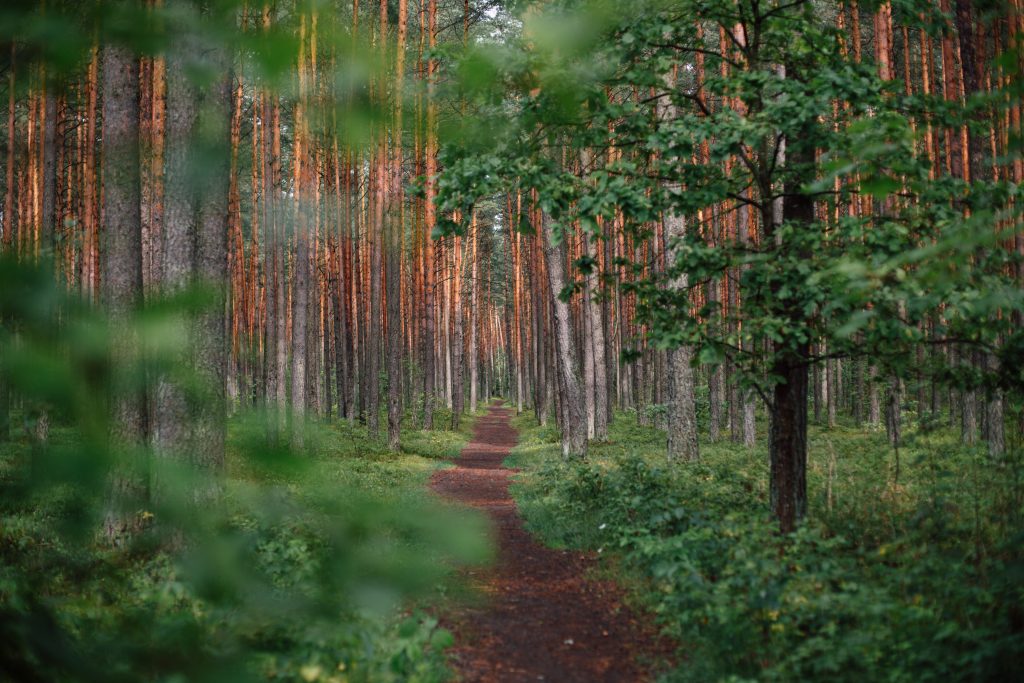
Travel Guide to Lithuania
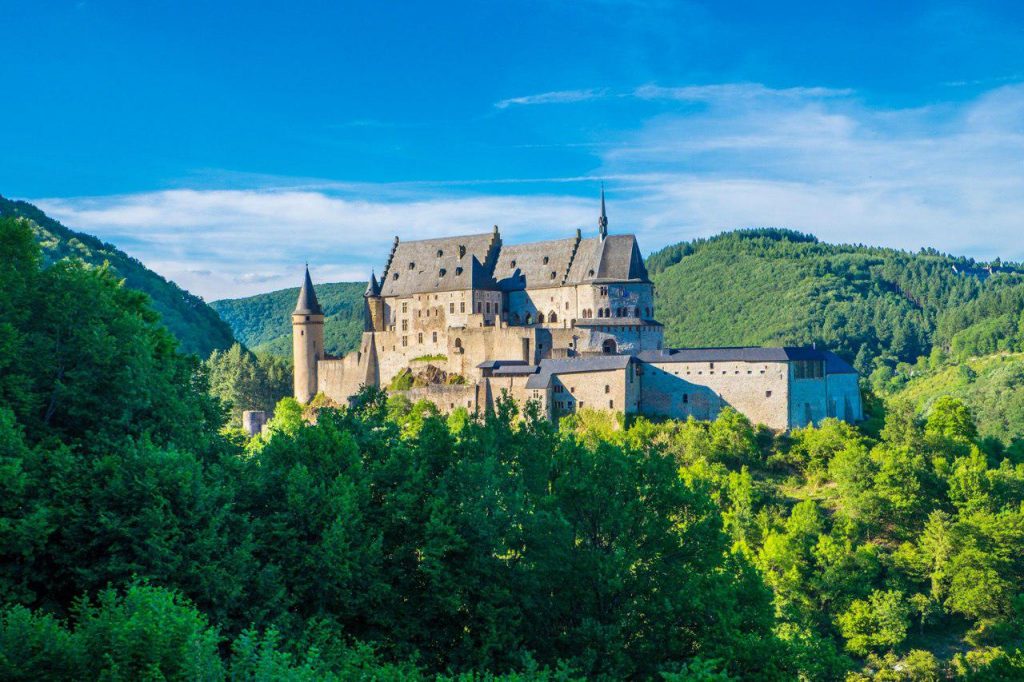
Travel Guide to Luxembourg
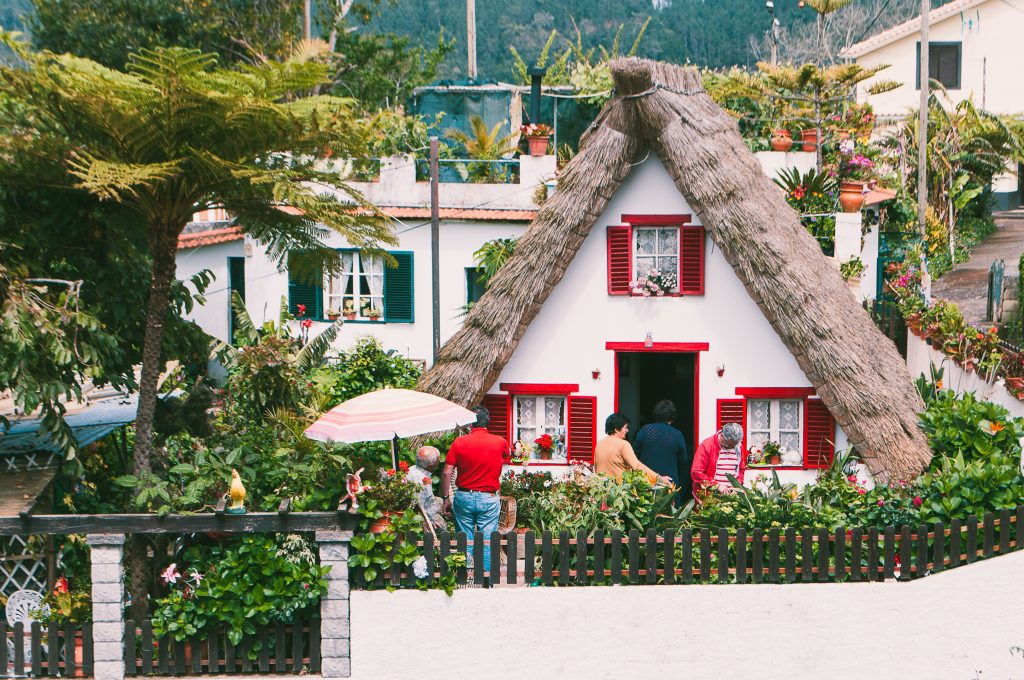
Travel Guide to Funchal

Travel Guide to Madeira

Travel Guide to Malta
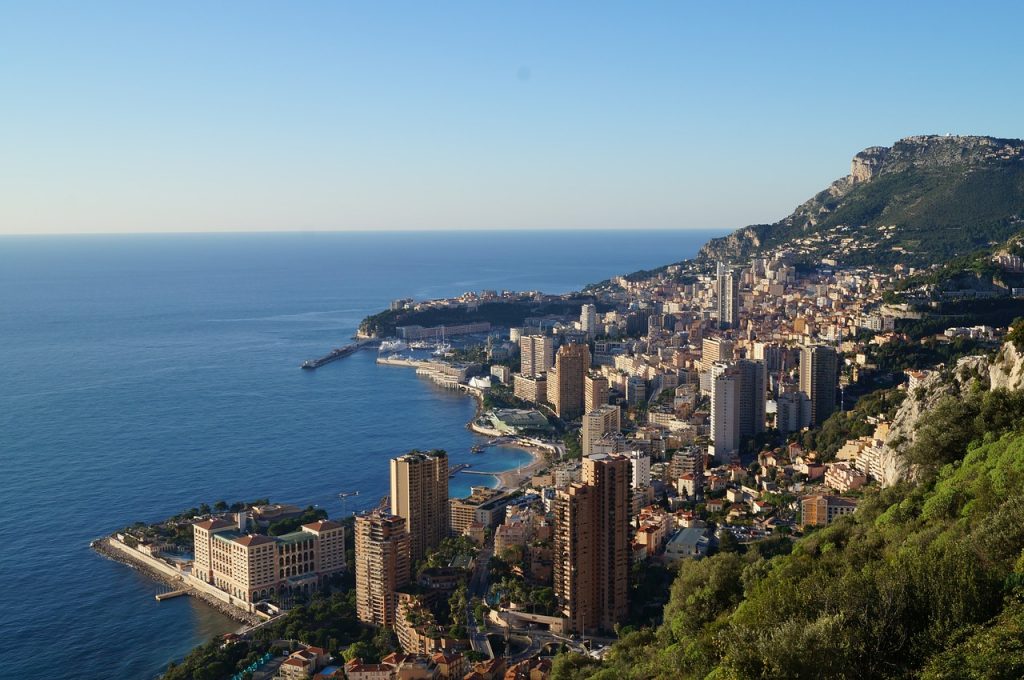
Travel Guide to Monaco
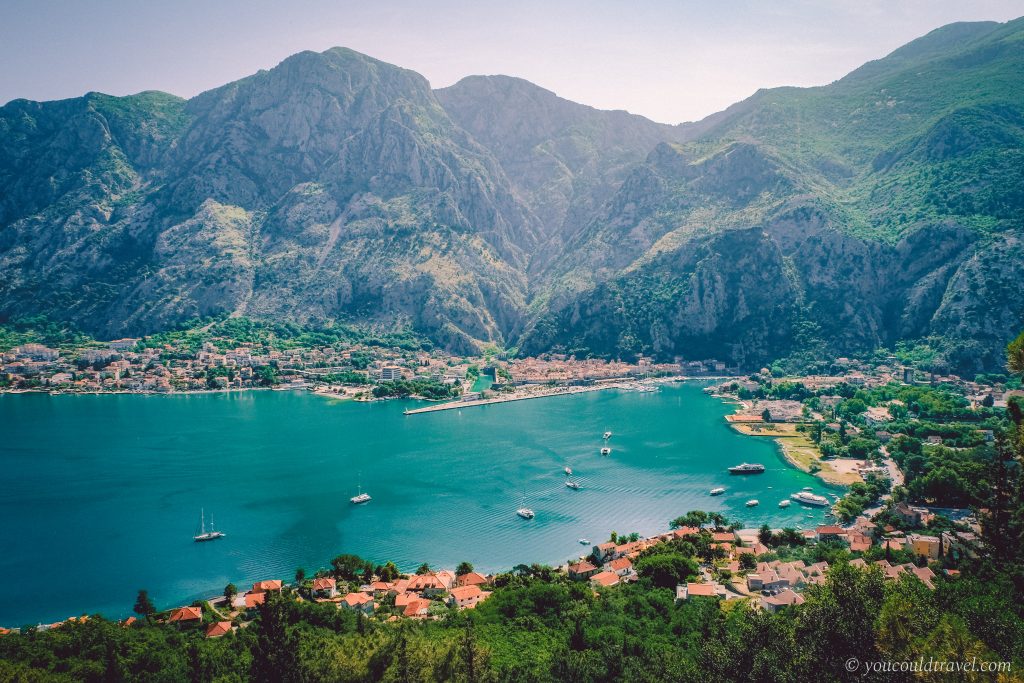
Travel Guide to Montenegro
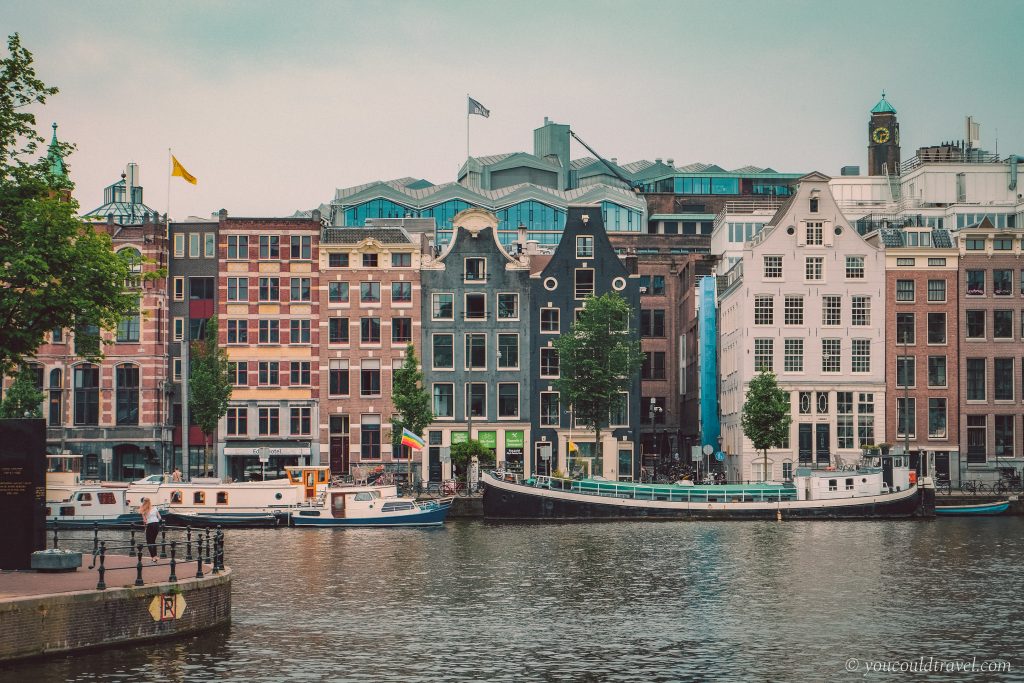
Travel Guide to Amsterdam
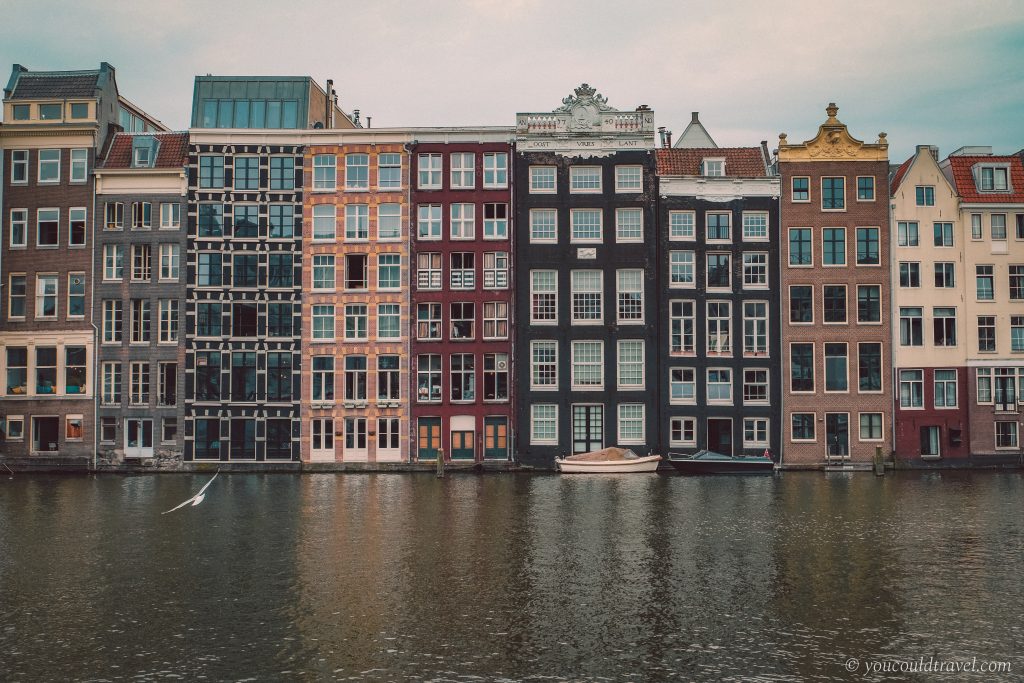
Travel Guide to Netherlands
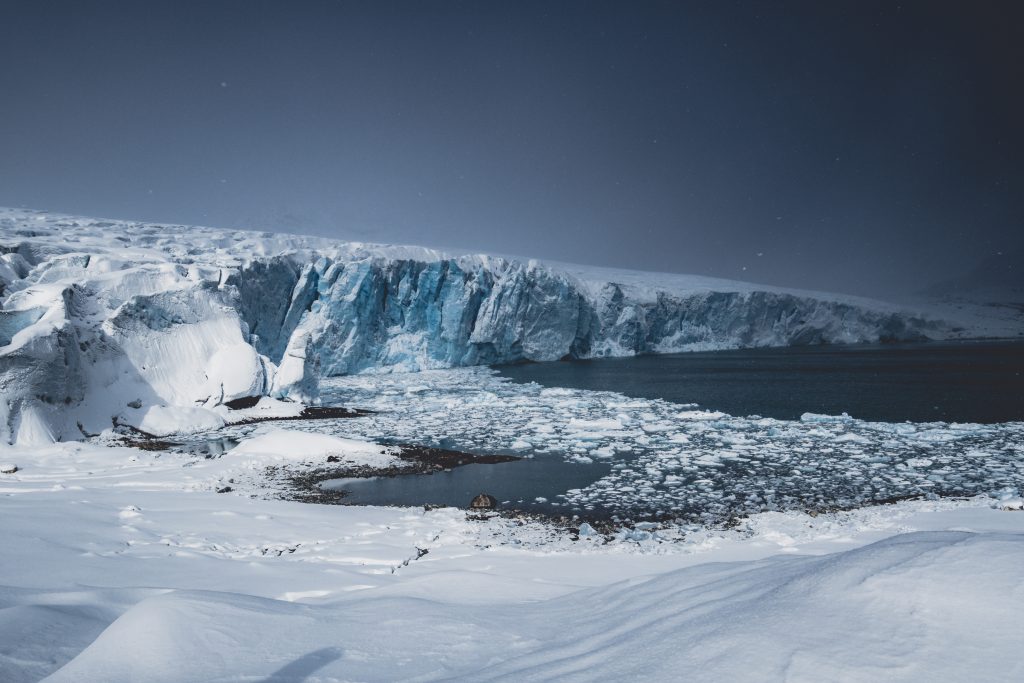
Travel Guide to Norway

Travel Guide to Portugal
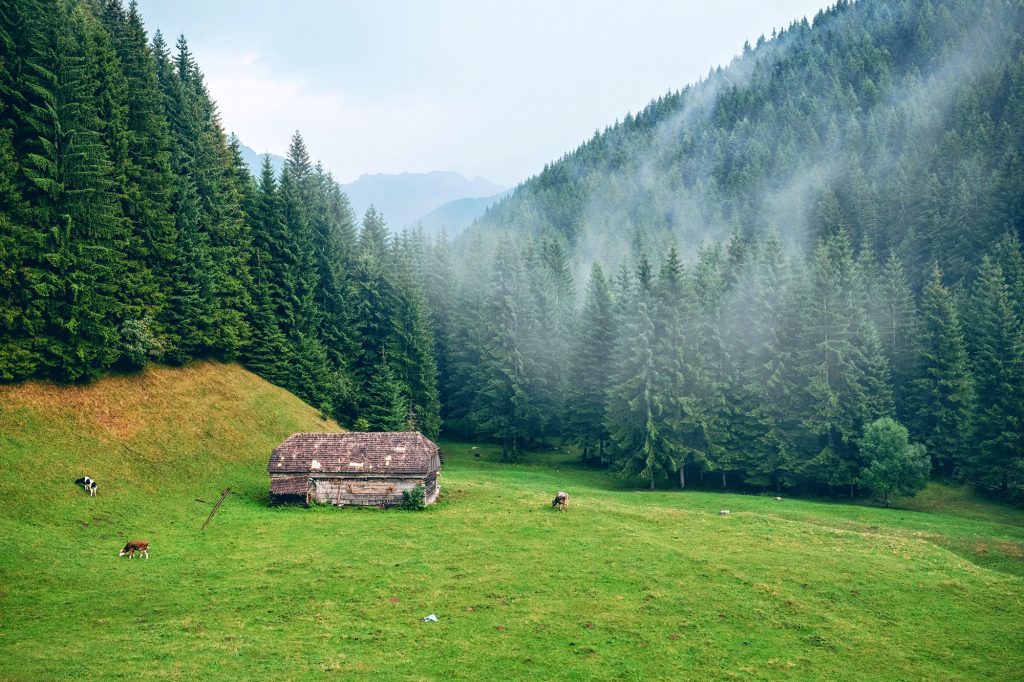
Travel Guide to Romania
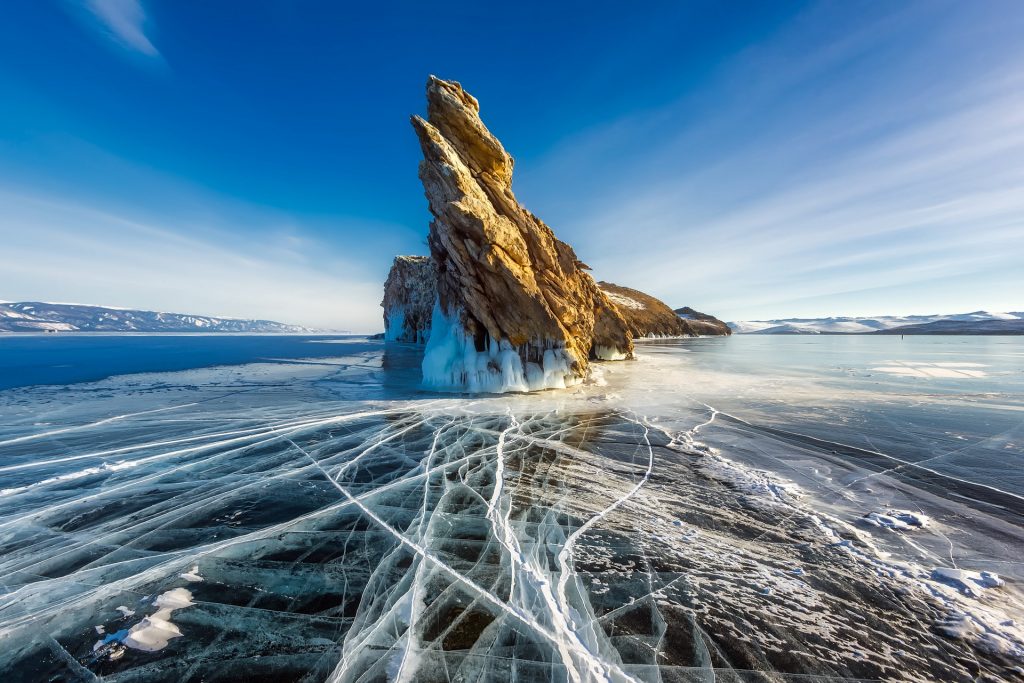
Travel Guide to Russia
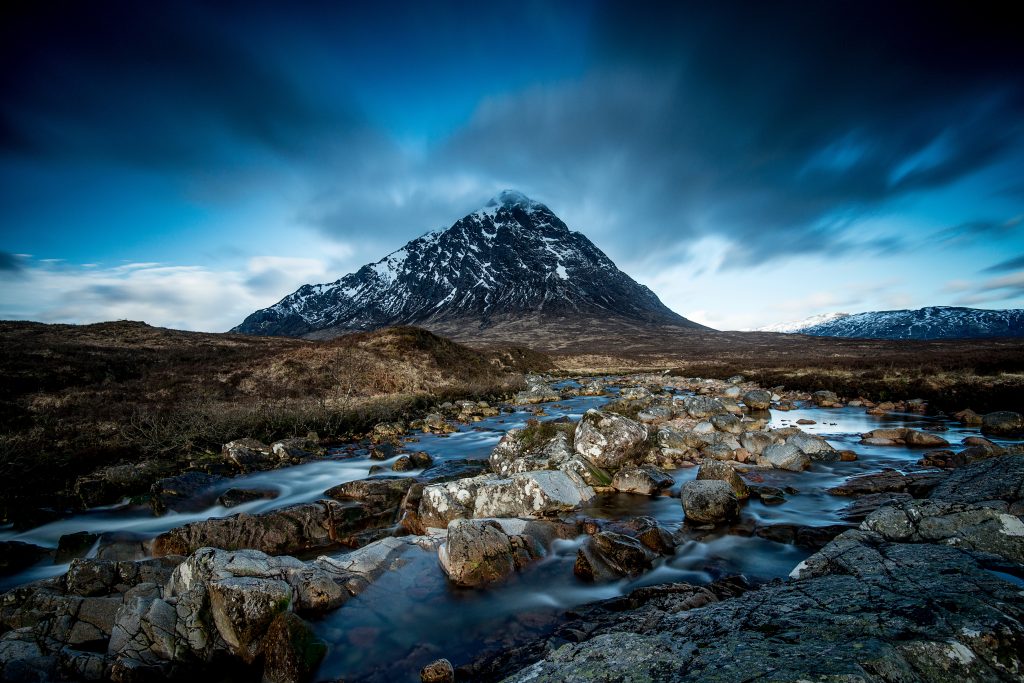
Travel Guide to Scotland

Travel Guide to Slovakia
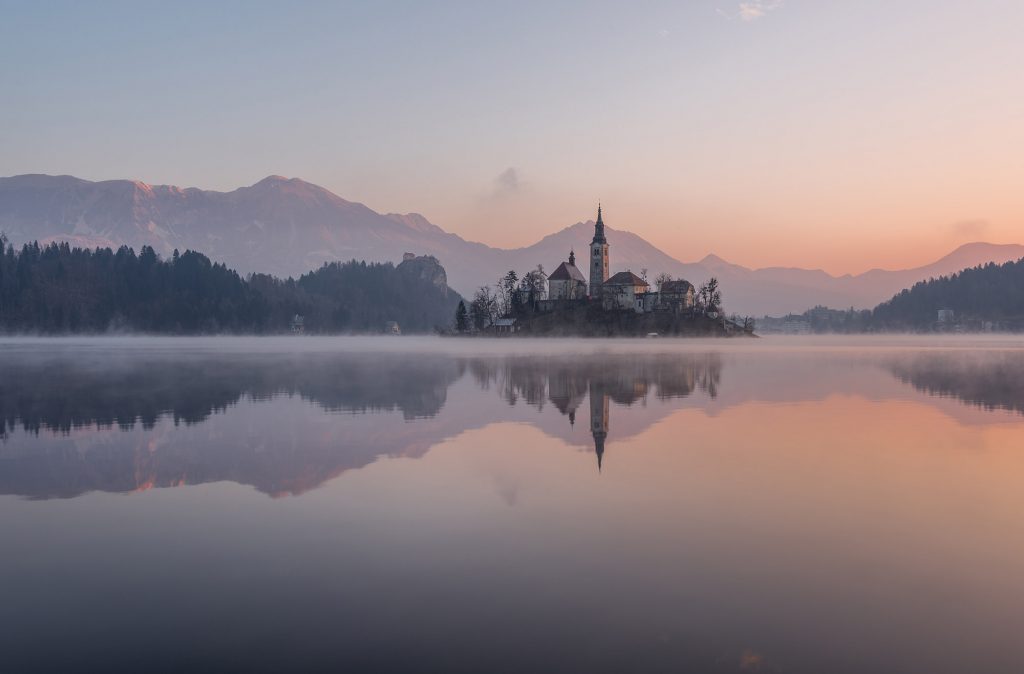
Travel Guide to Slovenia
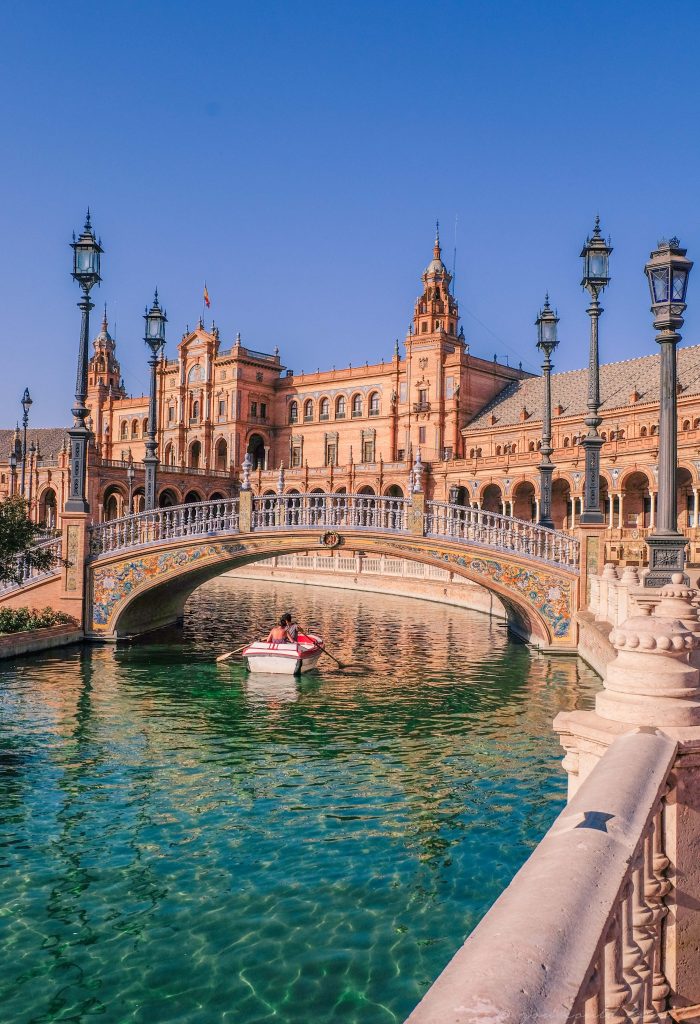
Travel Guide to Spain
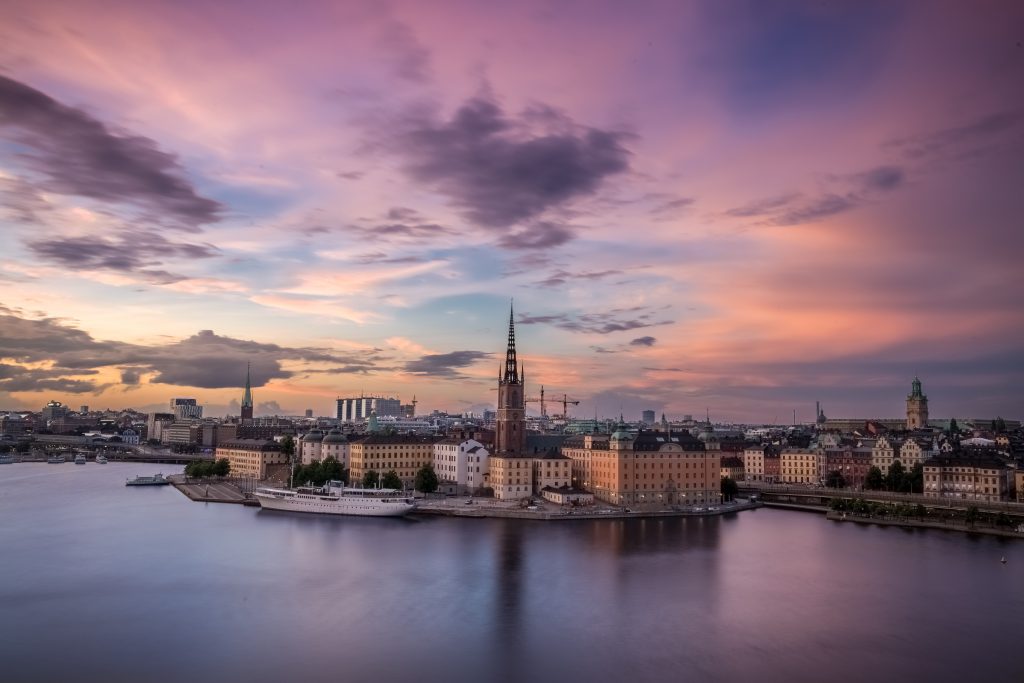
Travel Guide to Sweden
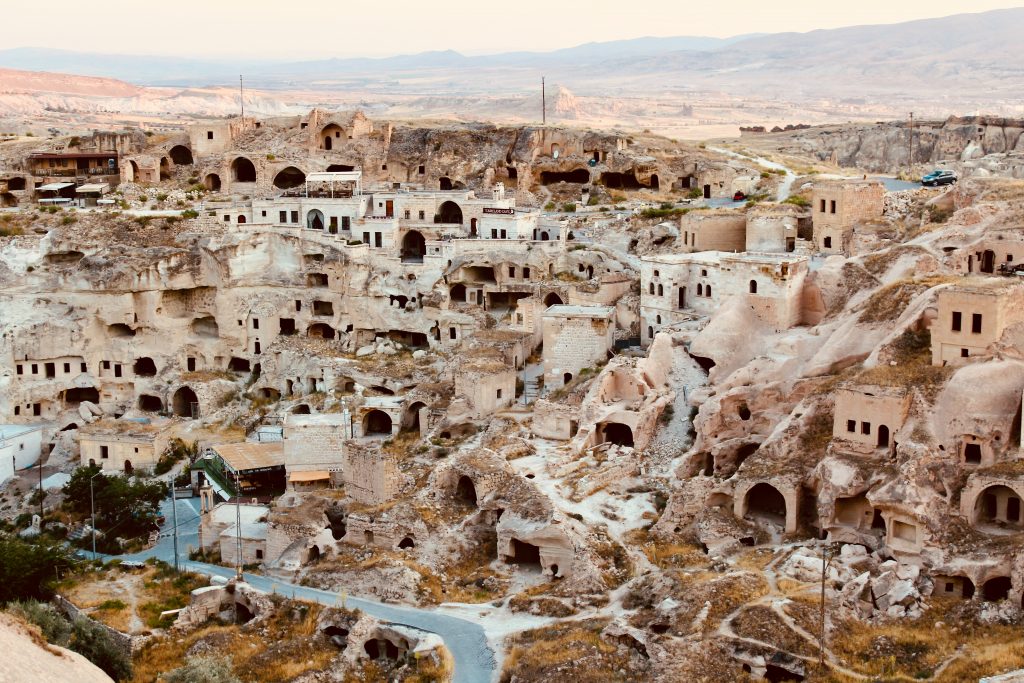
Travel Guide to Turkey

Travel Guide to Wales
Cultural Heritage In Europe
Cultural attractions in Europe enable travellers to marvel at so many interesting creations. If you are a cultural traveller, there are plenty of places to go to in Europe to satisfy that.
Visit the Roman Colosseum and Pantheon in Italy, the Acropolis in Greece, and the Skellig Michael of Ireland. There are also many museums to add to your bucket list, such as the Louvre Museum in Paris, Vatican Museum in Rome, and the National Gallery in London.
For more cultural explorations, take time to stroll through the cobblestone streets in many old towns and villages in Europe. Visit medieval towns in the UK, stunning Roman towns in France and exciting well-preserved villages in Romania.
Best Attractions by Country
These are some of the most notable landmarks and attractions to visit when you travel to Europe:
Germany – The fairytale castle of Neuschwanstein is located on a picturesque hilltop. It is arguably the most visited tourist attraction in Germany. Other must-see sights include the Brandenburg Gate and Cologne Cathedral.
France – The Eiffel Tower is the most iconic landmark in the country. Make sure to visit the Palace of Versailles, Louvre Museum, and Notre Dame Cathedral, too. Here is a list with all the places to visit in Paris.
Italy – The ancient ruins of the Colosseum is a bucket list item for many travellers who wish to visit Rome. Be sure to drop by the Leaning Tower of Pisa and the canals of Venice as well.
United Kingdom – The country offers a host of notable tourist destinations including Big Ben, the London Eye, Tower Bridge, and the Tower of London. Add them all to your London itinerary.
Spain – The La Sagrada Família is one of Barcelona’s most iconic landmarks. But Spain has more to offer tourists, including Park Güell, Casa Mila, and the Guggenheim Museum. Add Seville and Madrid to your list for a full Spanish experience.
Greece – When in Greece, be sure to check out attractions like the Acropolis of Athens, the Parthenon, and Meteora. We recommend staying in Crete for a few days, visiting Santorini for a romantic weekend and experiencing Mykonos with friends and family.
Switzerland – There is more to Switzerland than the Alpine summit. The top attractions here include the Rhine Falls, Lake Lucerne, and Lake Zurich.
The Netherlands – The Netherlands will spoil you with a host of great attractions that include the Anne Frank House and Keukenhof (for springtime tulips). With so many things to do in Amsterdam, it’s easy to see why so many tourists have the city on their bucket list.
Croatia – The Plitvice Lakes National Park is hands-down the best attraction in Croatia. You can also add the Old Town of Dubrovnik and Sibenik to your itinerary.
Czech Republic – The romantic Charles Bridge is the most photographed tourist attraction in Prague, Czech Republic. Additionally, don’t miss the Astronomical Clock and the gorgeous Castle when you stay in Prague.
Portugal – Portugal is a haven for cultural and natural tourist attractions. Among the best destinations to go to are the Azores, the Tower of Belem, and Sintra National Palace. Stay in Madeira for a unique island experience and take a few days trips from Lisbon to learn more about the lessern known towns in Portugal.
Know Before You Go
Travelling to Europe might offer a lot of possibilities for your enjoyment, but the real key to a successful experience is proper planning. Here are a few things to know before you go:
- Each country in Europe will impose different visa restrictions and policies on visiting tourists. Make sure you comply with these requirements, or you could be denied entry. Make sure that you check your passport’s validity period before you go, too. Once you enter a country in the European Union, you have free movement all around the EU for up to 90 days, depending on your passport.
- In general, flights to Europe can be expensive. But if you book during the shoulder season or find low-cost airline carriers, you can travel to the continent on a budget.
- There are no vaccinations necessary to travel to Europe. But, ideally, you should purchase insurance before you travel. Quality health and medical care are easily accessible in Europe but will be expensive.
- It is generally safe to drink tap water in most parts of the continent. But avoid drinking water directly from rivers and lakes.
Best Time to Visit
Europe is a great travel destination all-year-round. It is, therefore, possible to visit this continent whenever you wish or get time off work. Remember that in January and February, prices are the lowest, especially in popular destinations like France or Italy. Paris in winter is fantastic, so worth adding it to your list.
The weather condition can largely vary in the continent, depending on your intended destination. If you are travelling to Southern Europe, for instance, you can expect sunny days all year long. During winter rainfall can be pretty common, so no beach time should be expected. However, it’s ideal for romantic walks on the beach. Spring and fall bring milder weather conditions.
August is the most crowded time of the year, especially as tourists flock to the seaside towns and beaches. For those looking to experience the best ski resorts and other winter activities, visit from November to January. There are also lots of Christmas markets to visit in Austria and Germany and some incredible winter markets in the UK as well.
What to Expect
Travelling to Europe is generally safe and fun. Here are a few things you should know before you go.
Depending on where you go, the weather can be extreme. For example, visiting Norway for the Northern Lights will be a remarkable experience during winter, but do prepare for proper snow and cold. Many parts of Europe rarely get sunny days and experience a lot of rainfall (we are looking at you, United Kingdom). Make sure to pack the correct travel gear and clothing so you can be comfortable. It also pays to do your research about the local weather forecast before your arrival.
Getting around in Europe is super easy, especially if you explore the main cities. But it is best to plan your travel ahead of time if you are going to unknown or remote destinations. Always bring a map and communication devices. We recommend renting a car for some awesome road trips. For those who prefer public transport, the train infrastructure in Europe is pretty sweet.
In terms of crime, Europe is generally safe. But it is important to be vigilant, as petty crimes such as pick-pocketing can happen in popular cities like London or Paris. Just practice common sense and avoid dark alleyways at night, especially if you travel as a solo female.
Latest articles about Europe
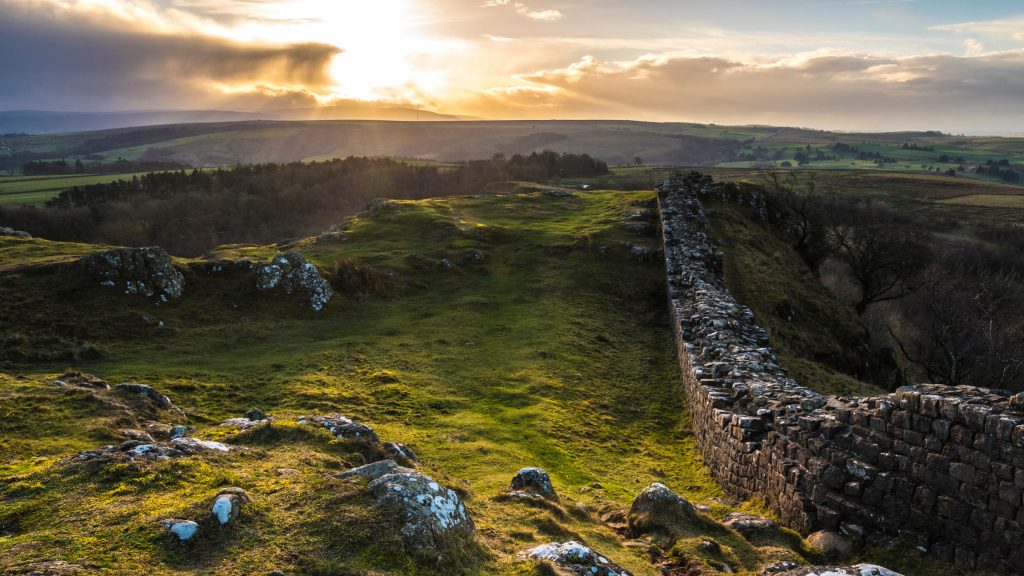
Things to do in Northumberland Park
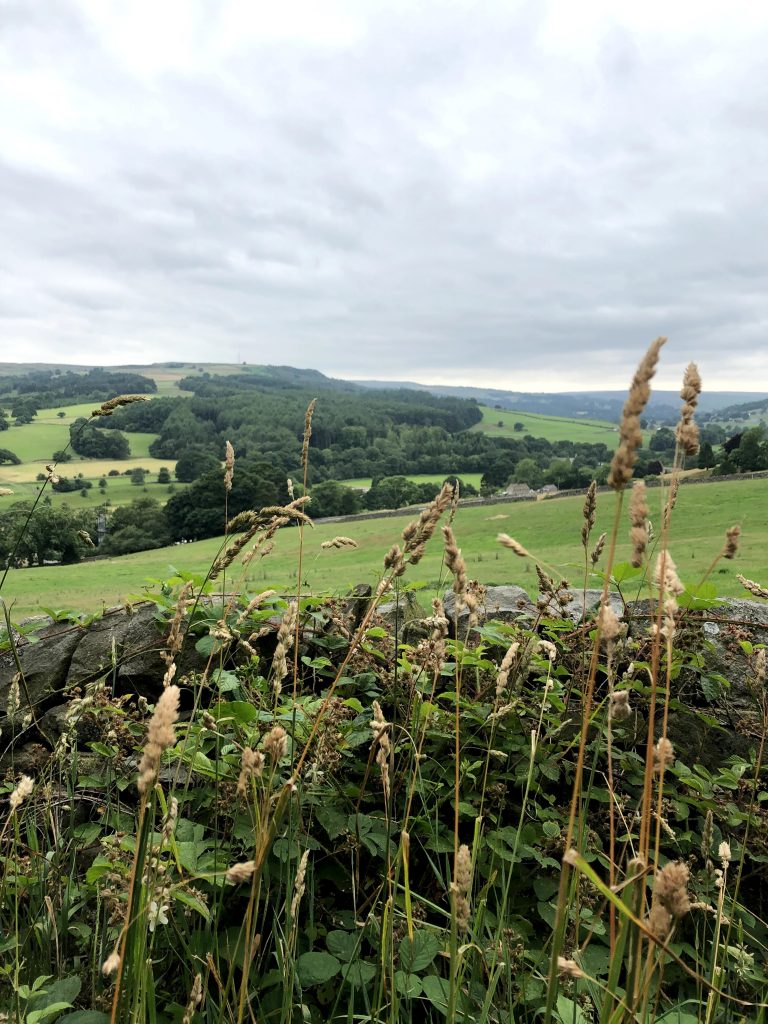
Things to do in Pateley Bridge

Where to stay in Devon

Where to stay in Manchester
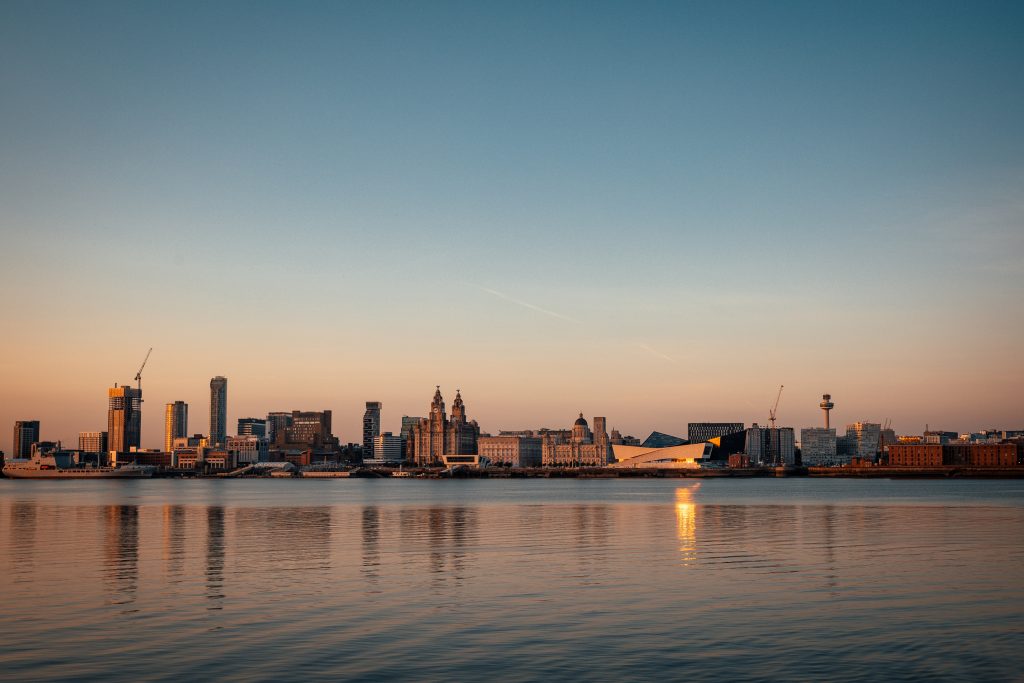
Where to stay in Liverpool
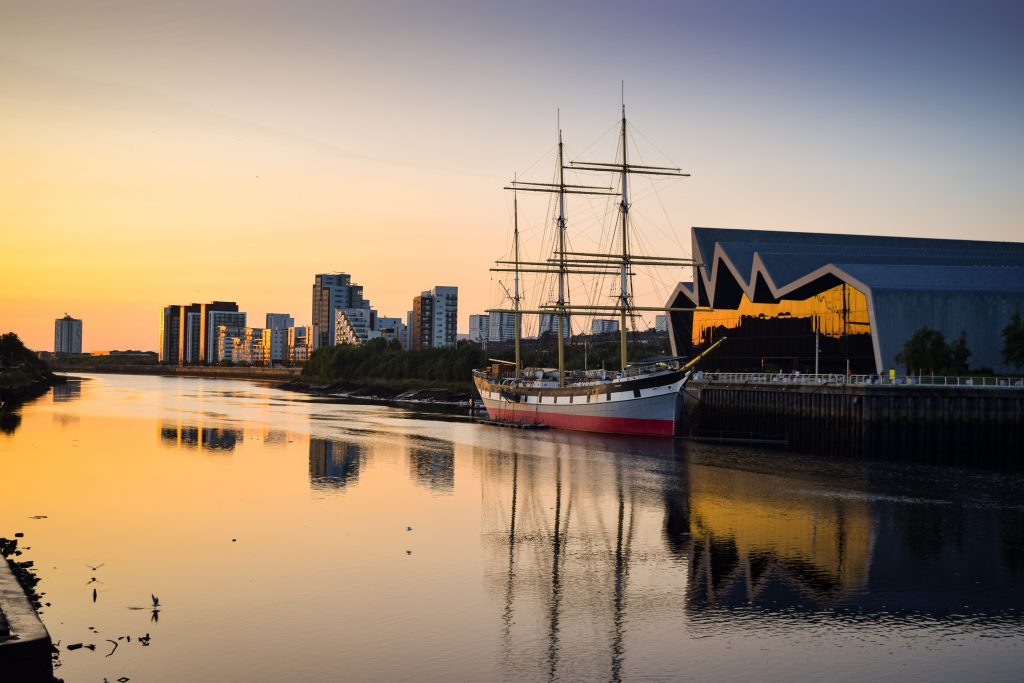
Where to stay in Glasgow
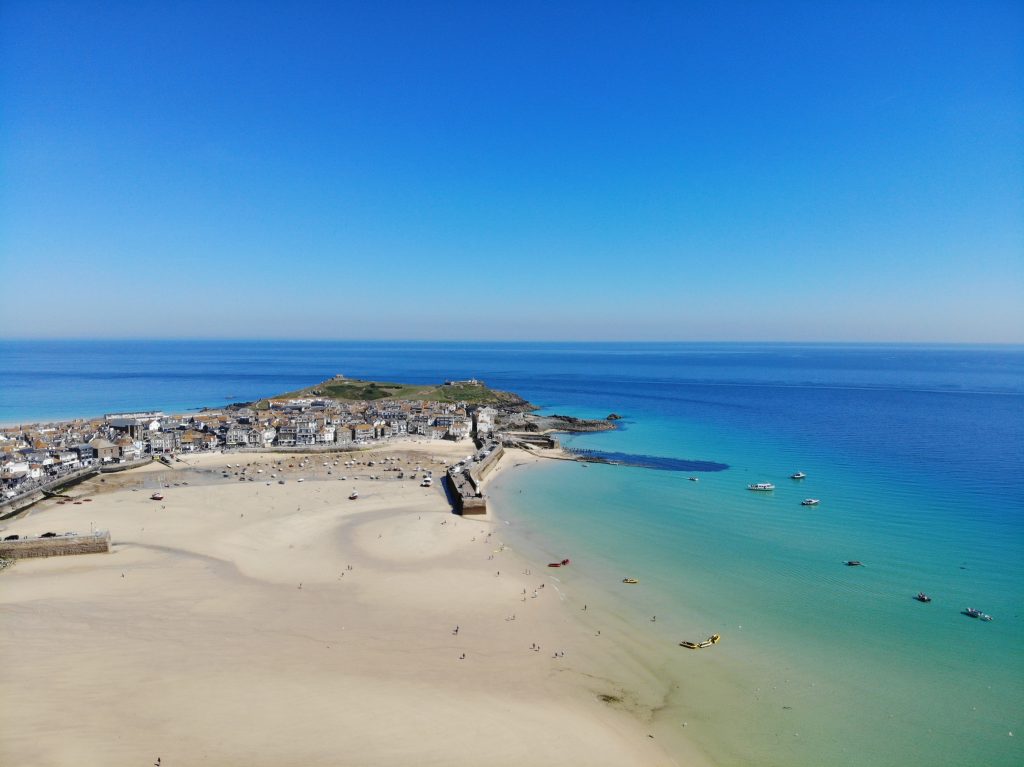
Where to stay in Cornwall
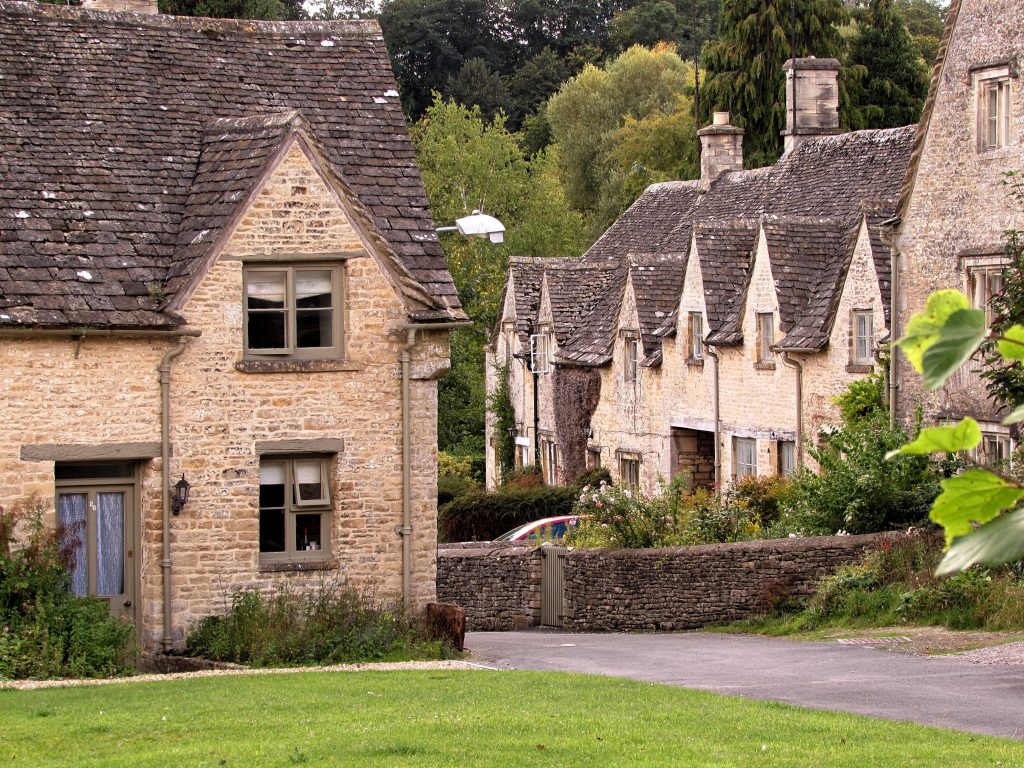
Where to stay in Cotswolds

Things to do in Dresden in winter
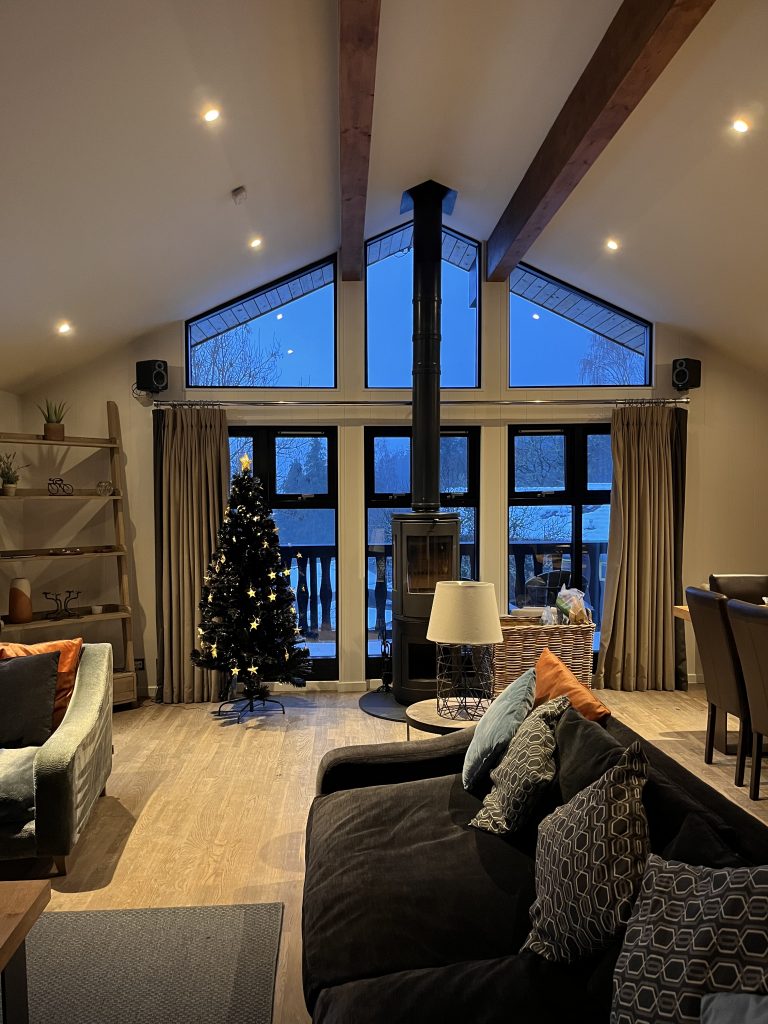
Exceptional holiday in Loch Tay

Where to stay in Vilnius, Lithuania
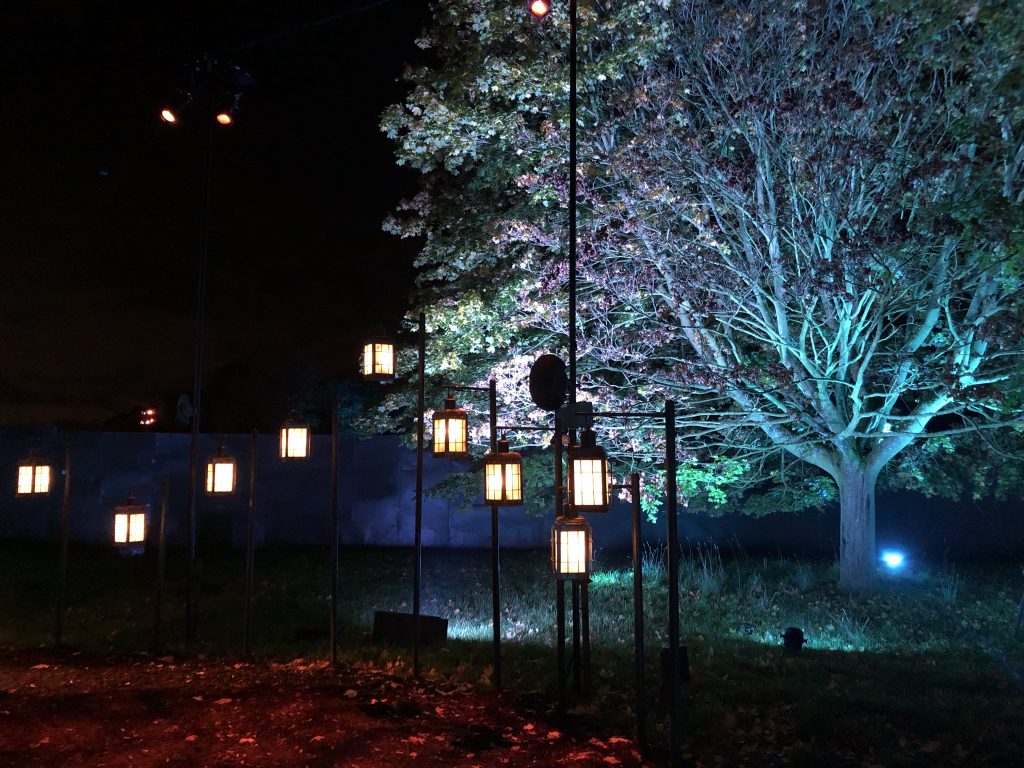
Harry Potter: A Forbidden Forest Experience Review
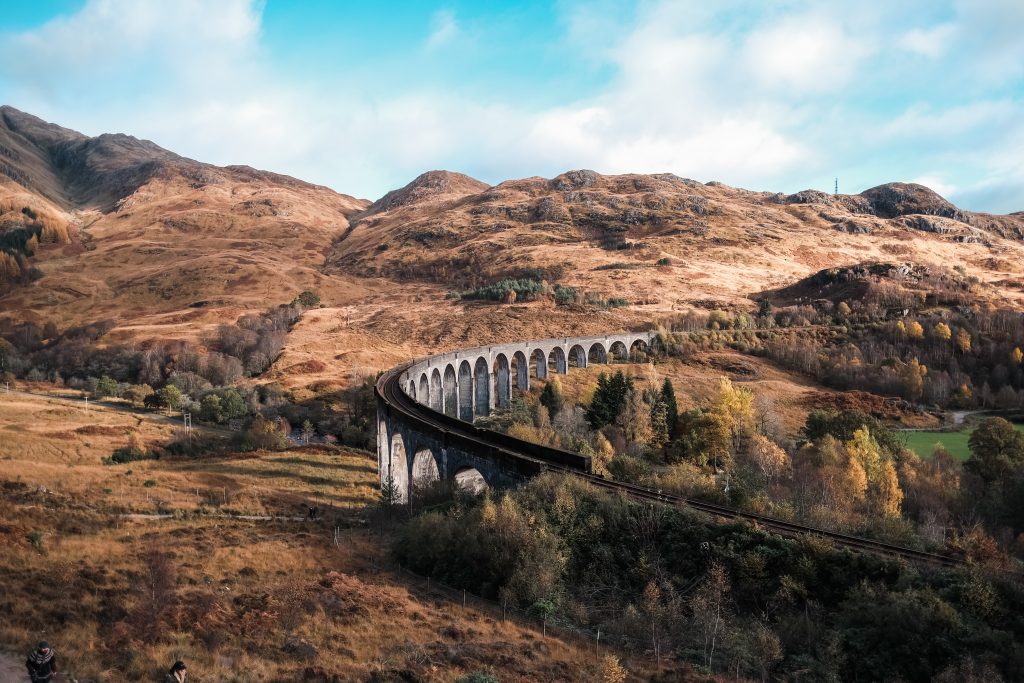
Things to do in Fort Williams

Best Things to do in Durham
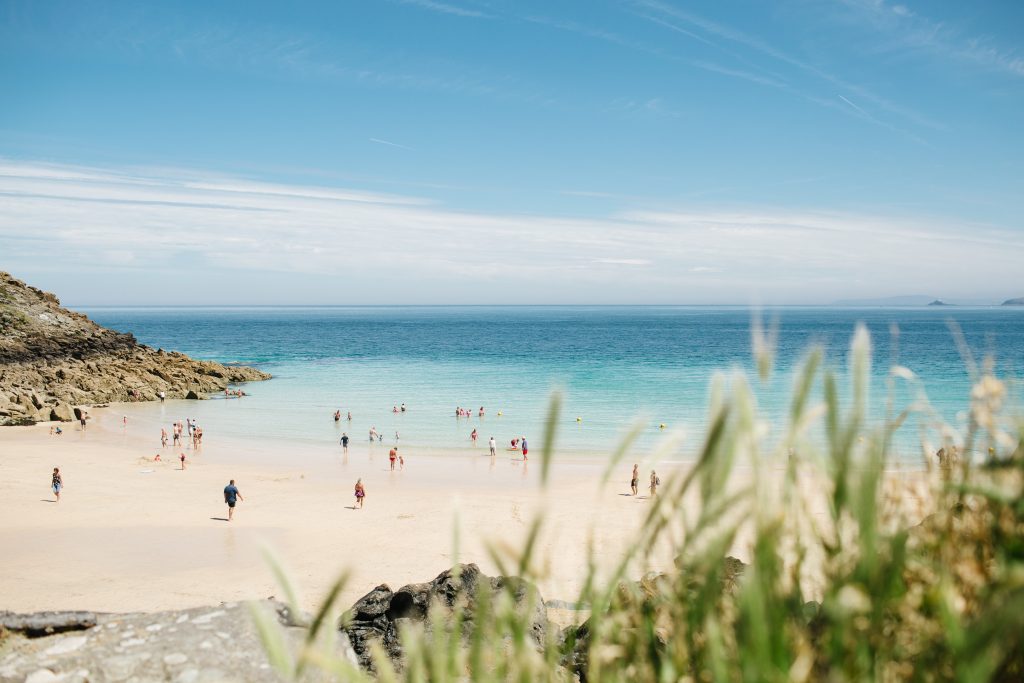
Things to do in St Ives, Cornwall
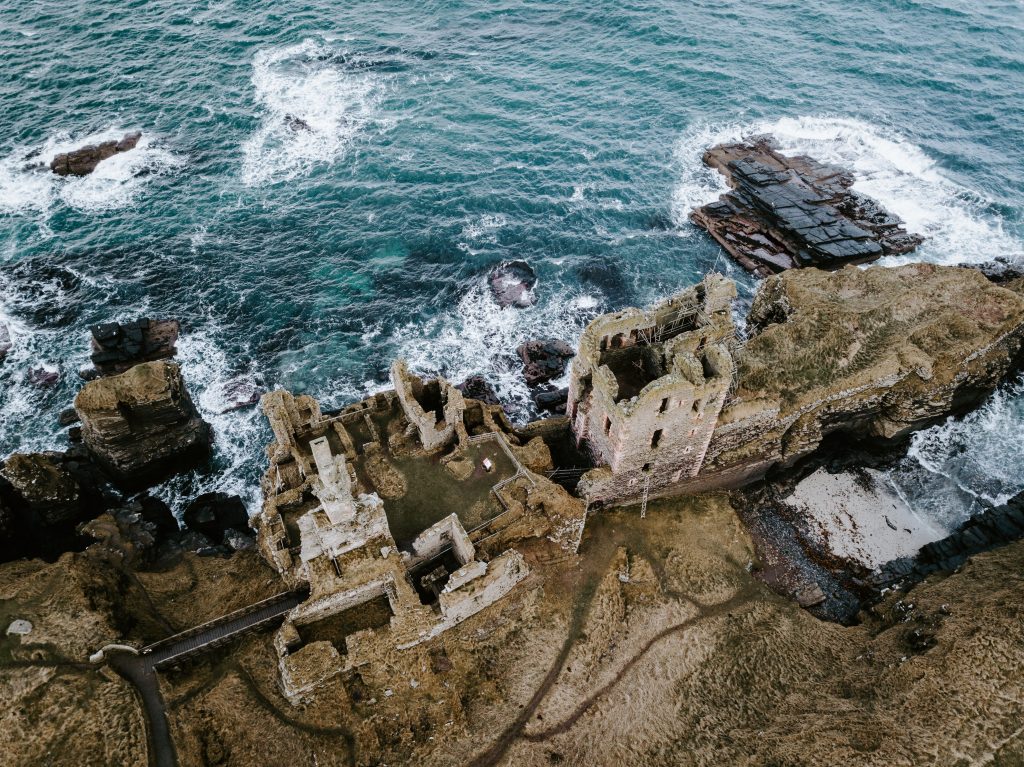
Things to Do in Wick, UK
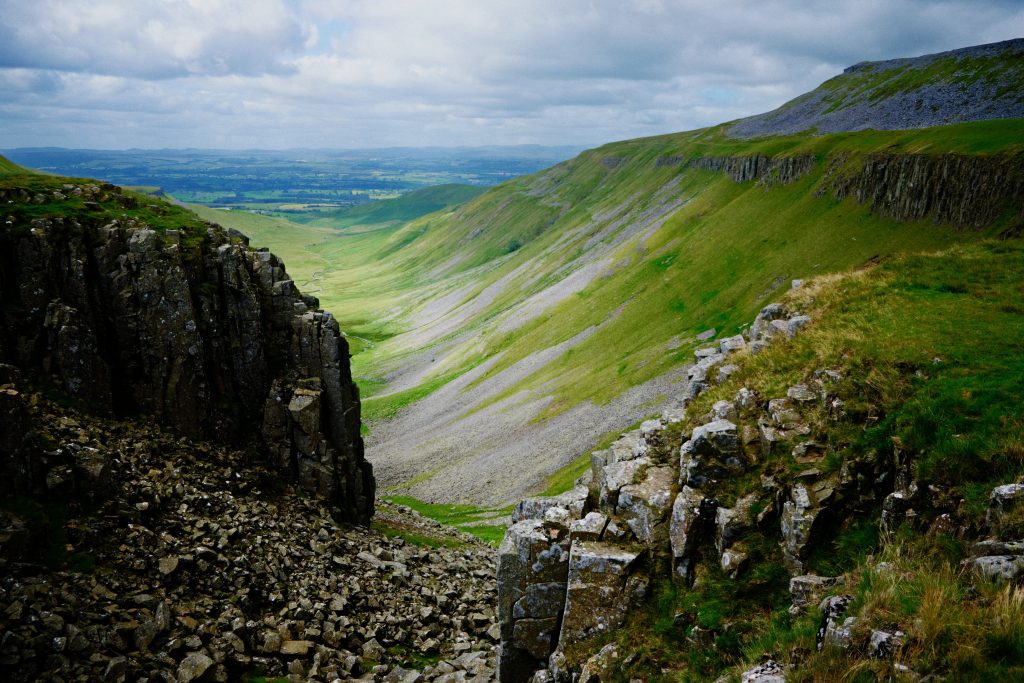
Things to do in Appleby, UK
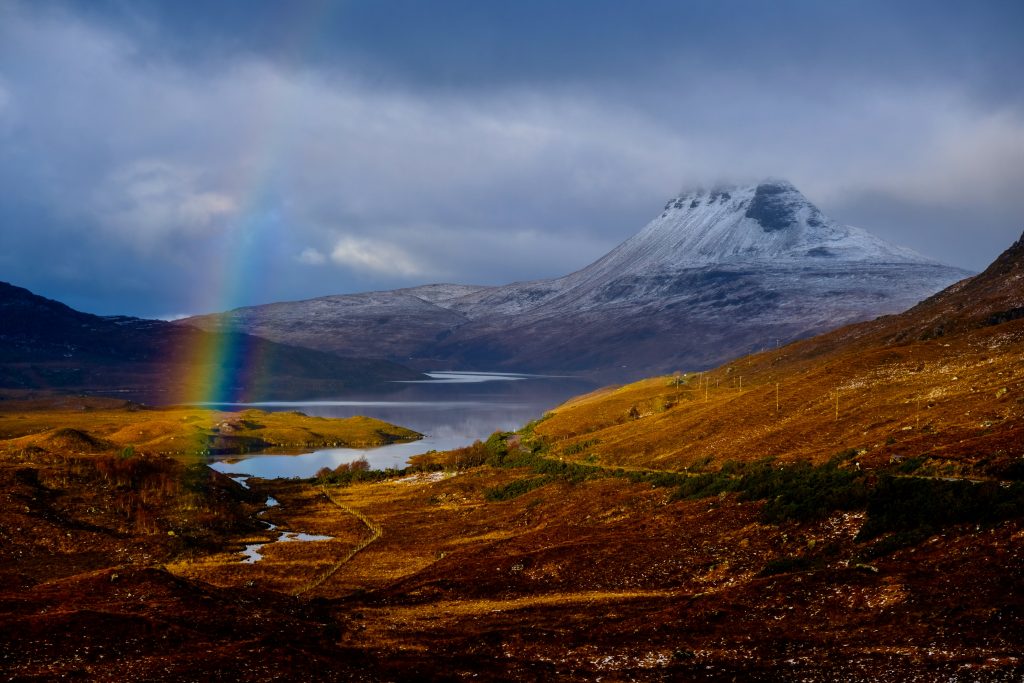
Things to Do in Ullapool, Scotland
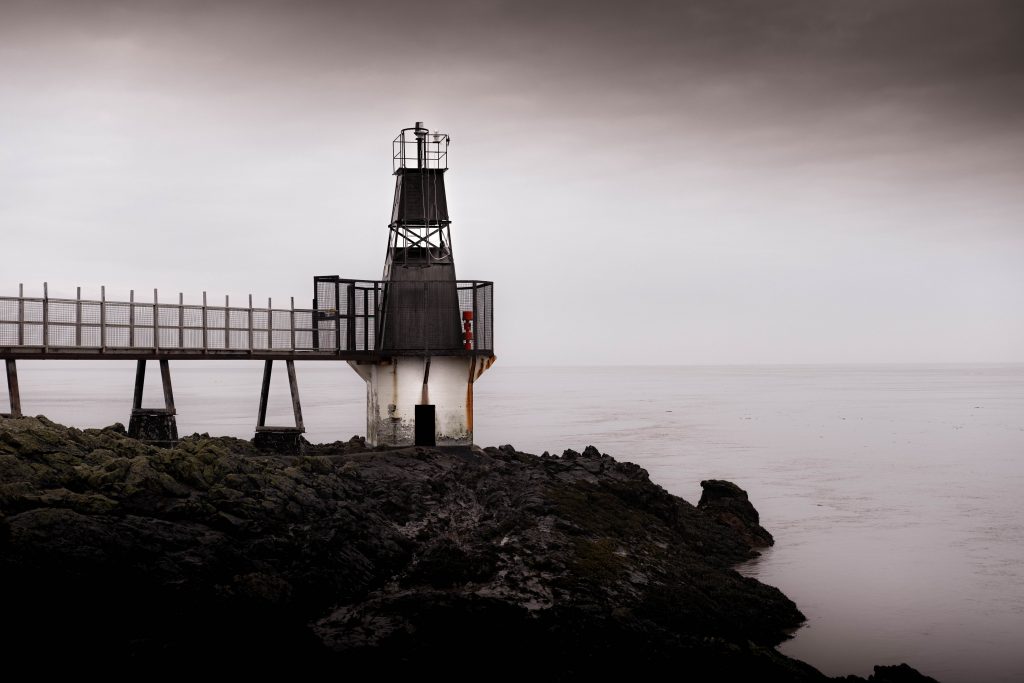
Things to do in Portishead
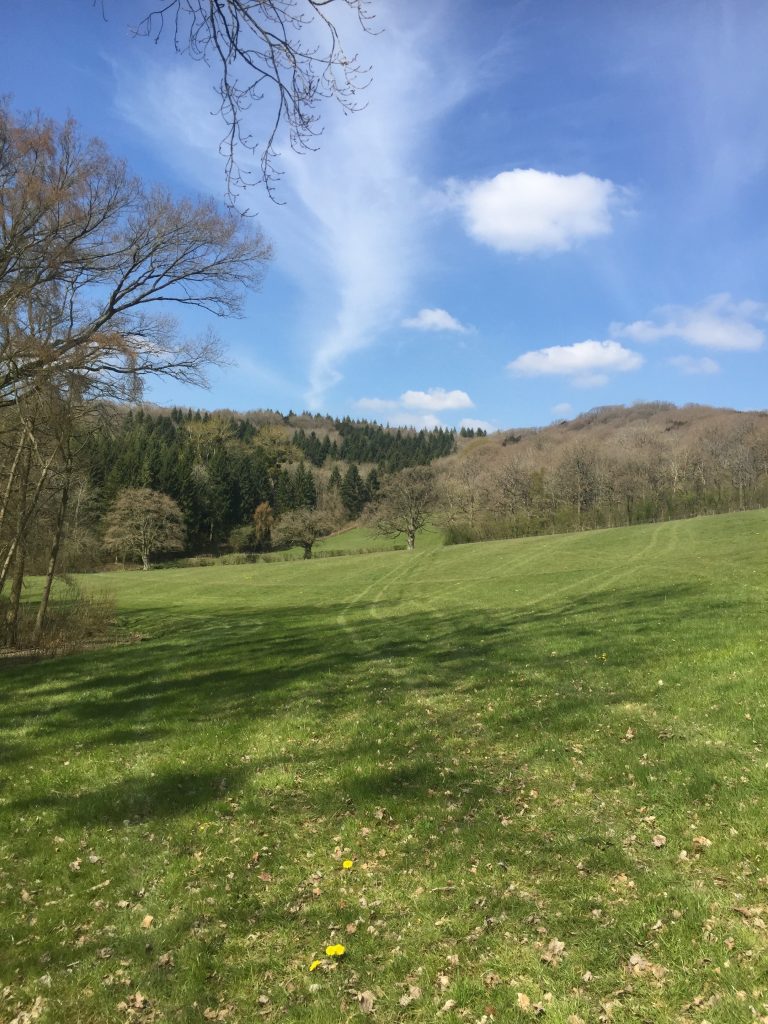
Things to do in Ledbury, UK
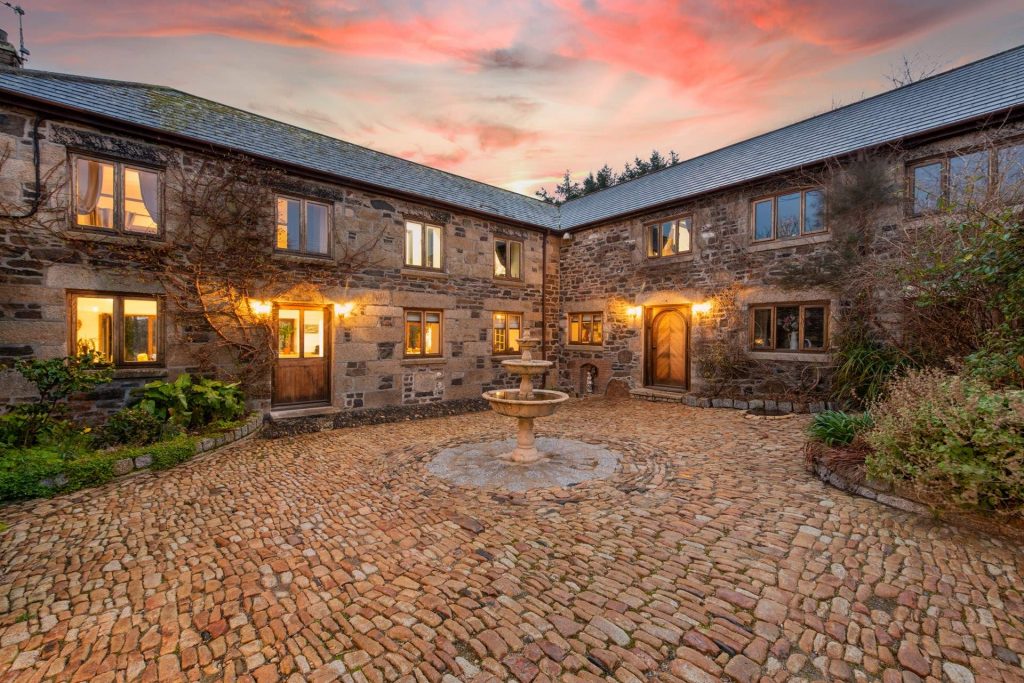
Where to stay in West Country

Guide to Brimham Rocks

Best places to visit in Yorkshire
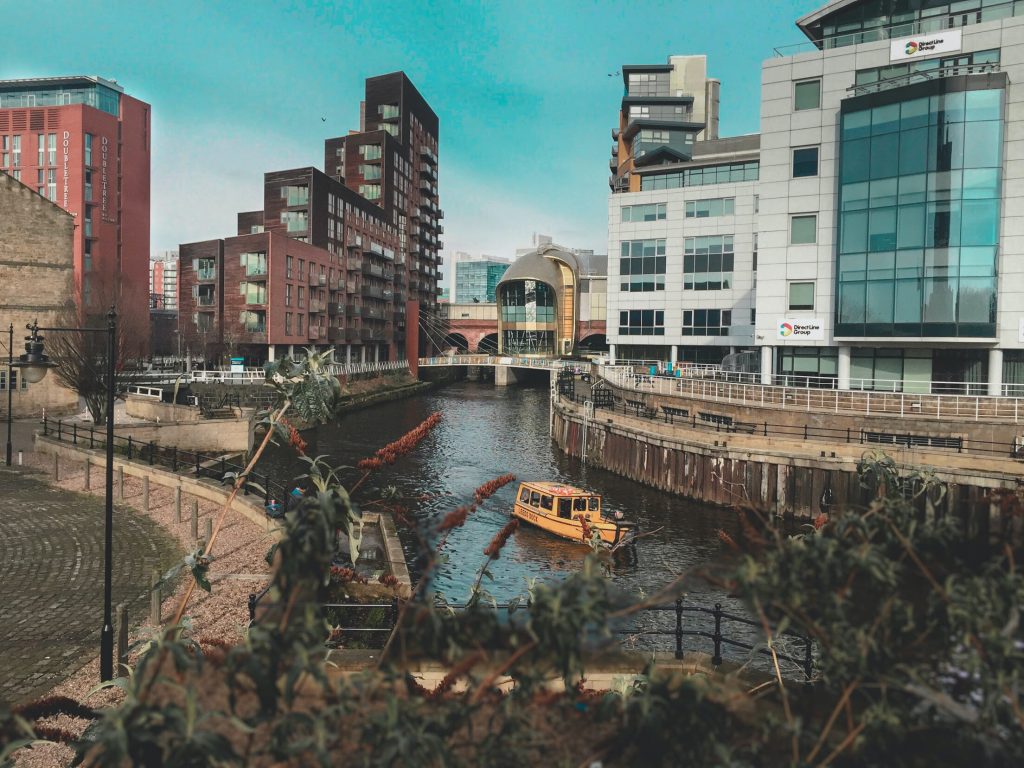
Things to do in Leeds, UK
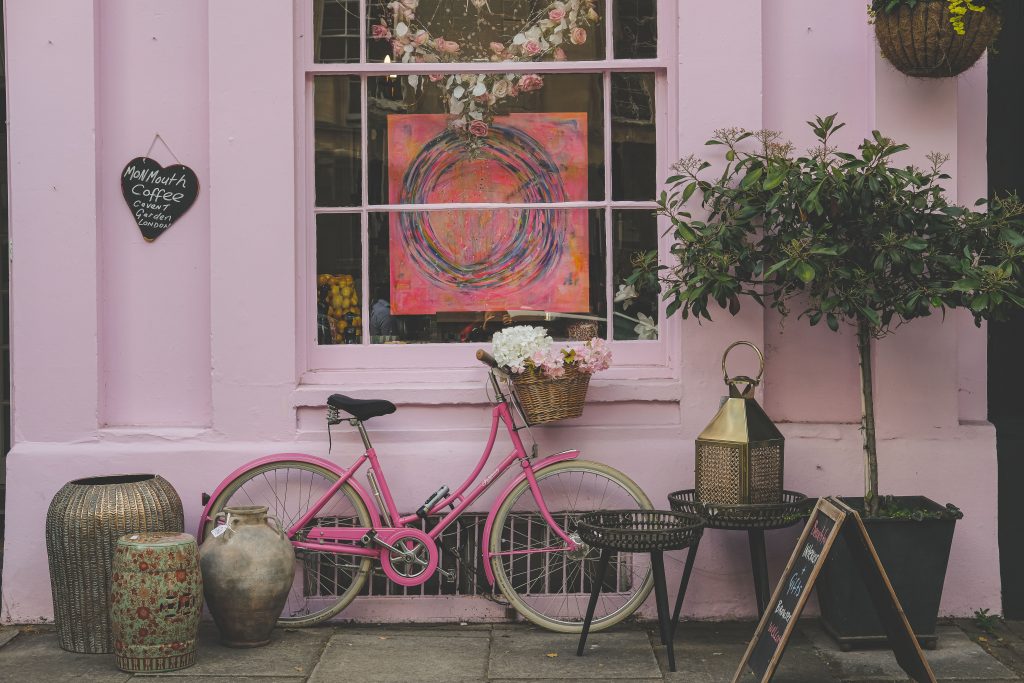
Things to do in Cheltenham

Things to do in Gloucester, UK
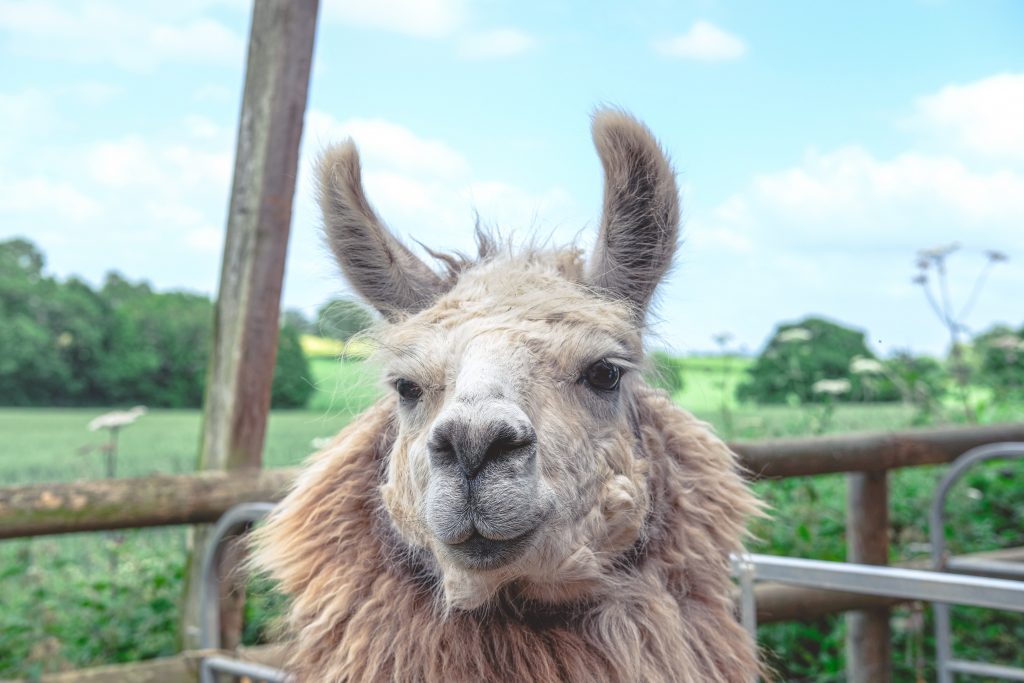
Things to do in Gloucestershire

Things to do in Filey, North Yorkshire
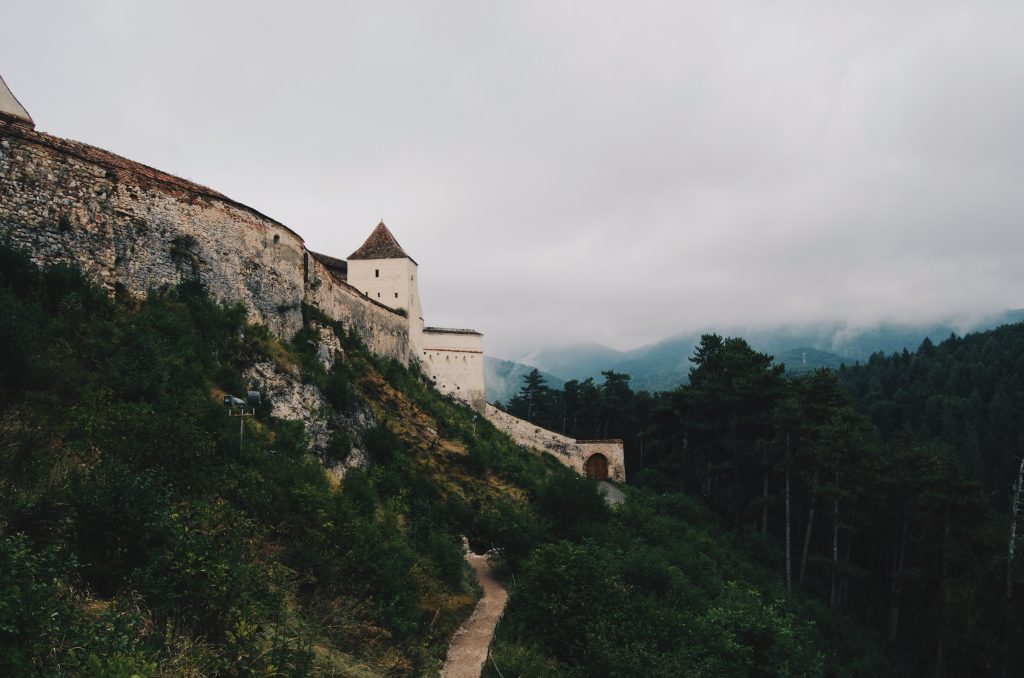
Guide to Rasnov, Romania
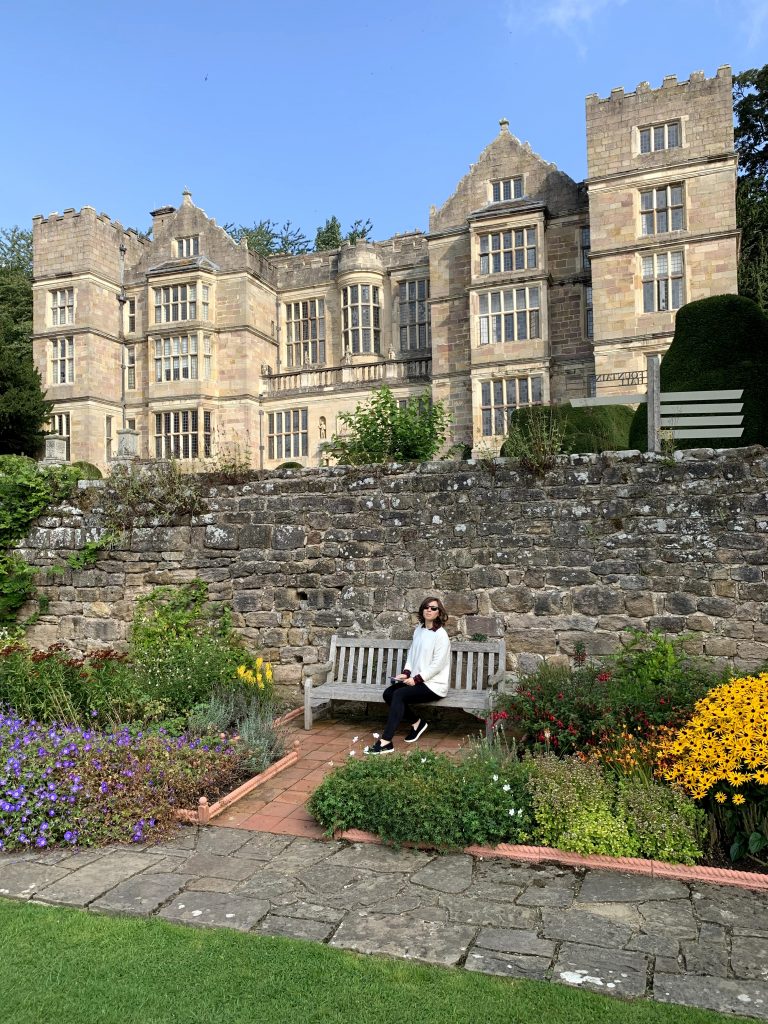
Things to do in Ripon

Places to stay in Knaresborough

